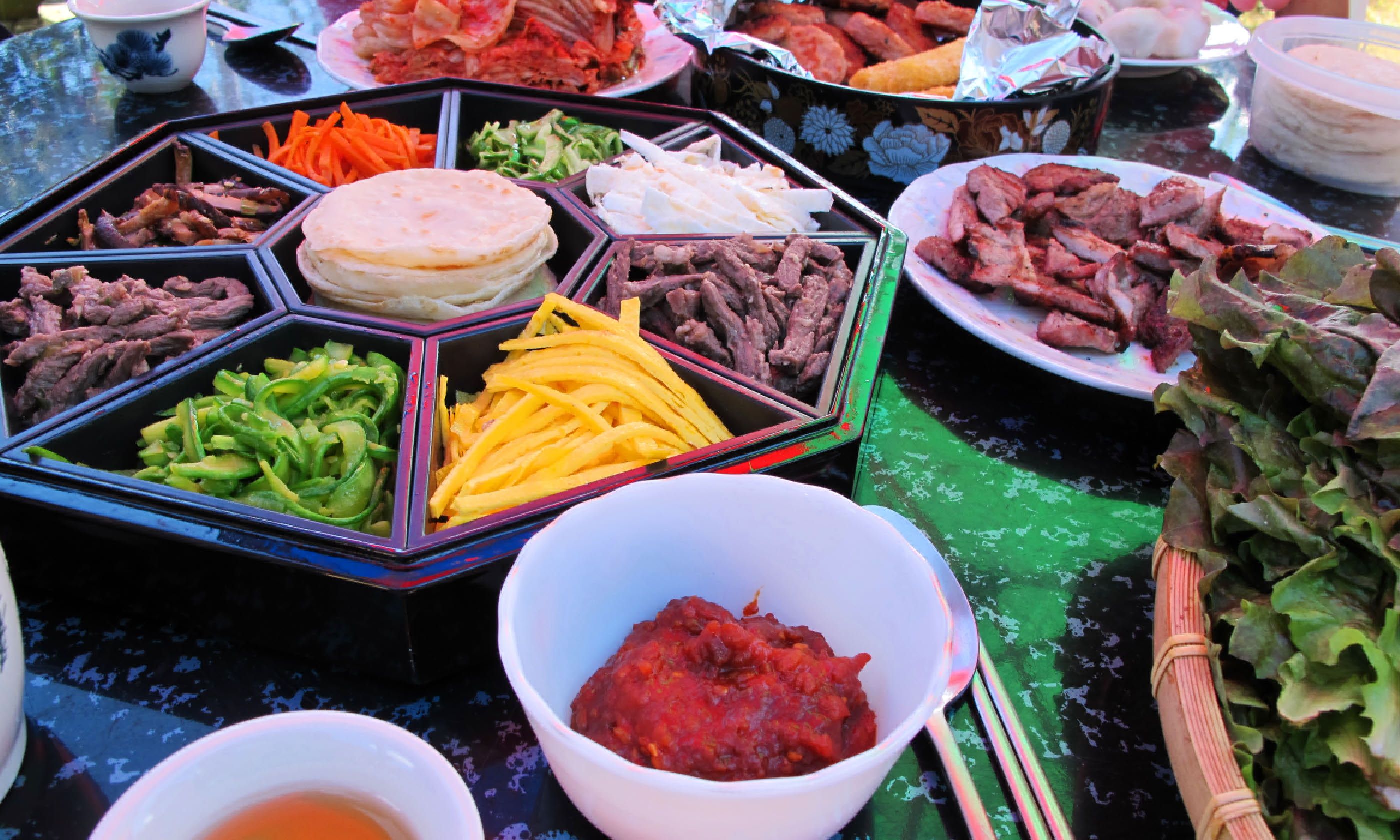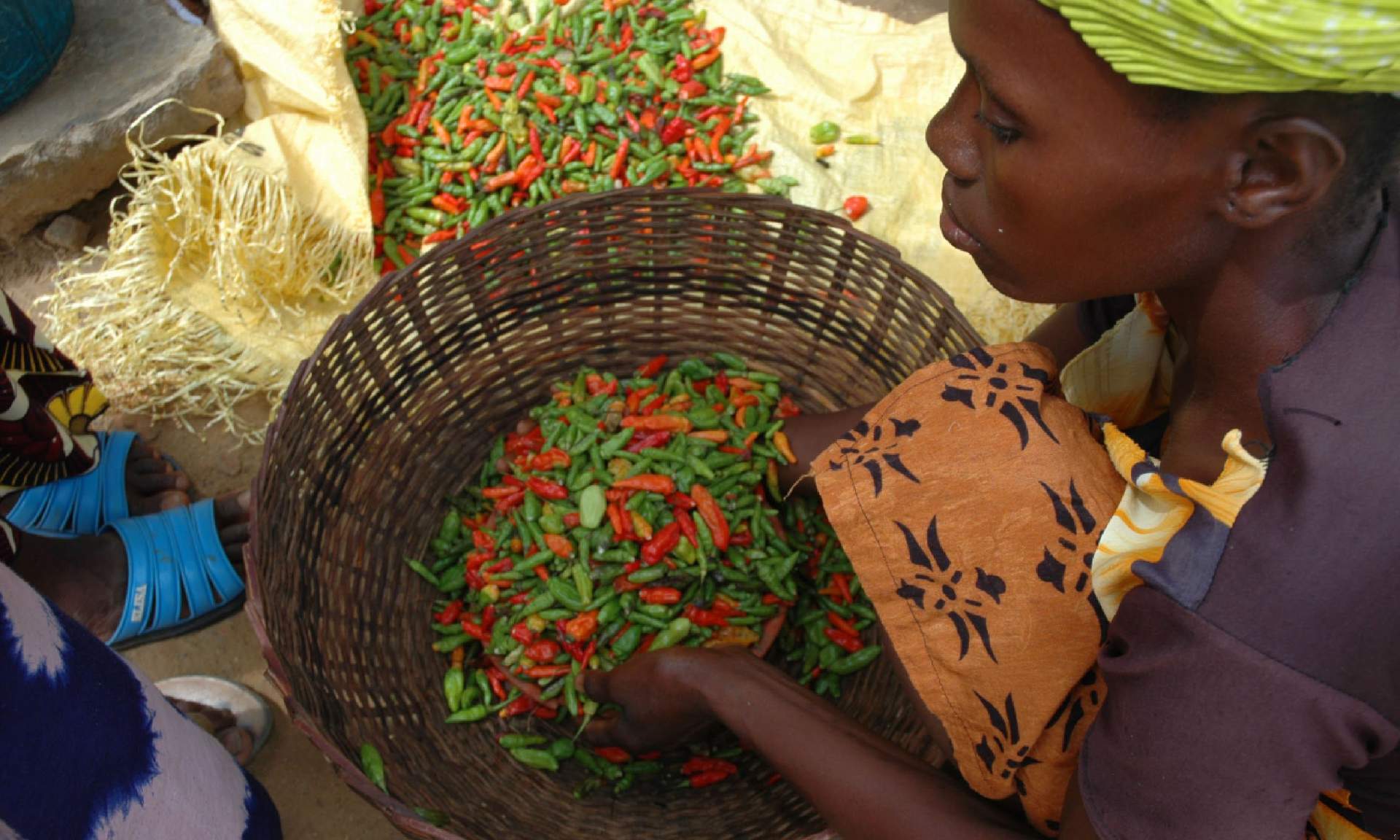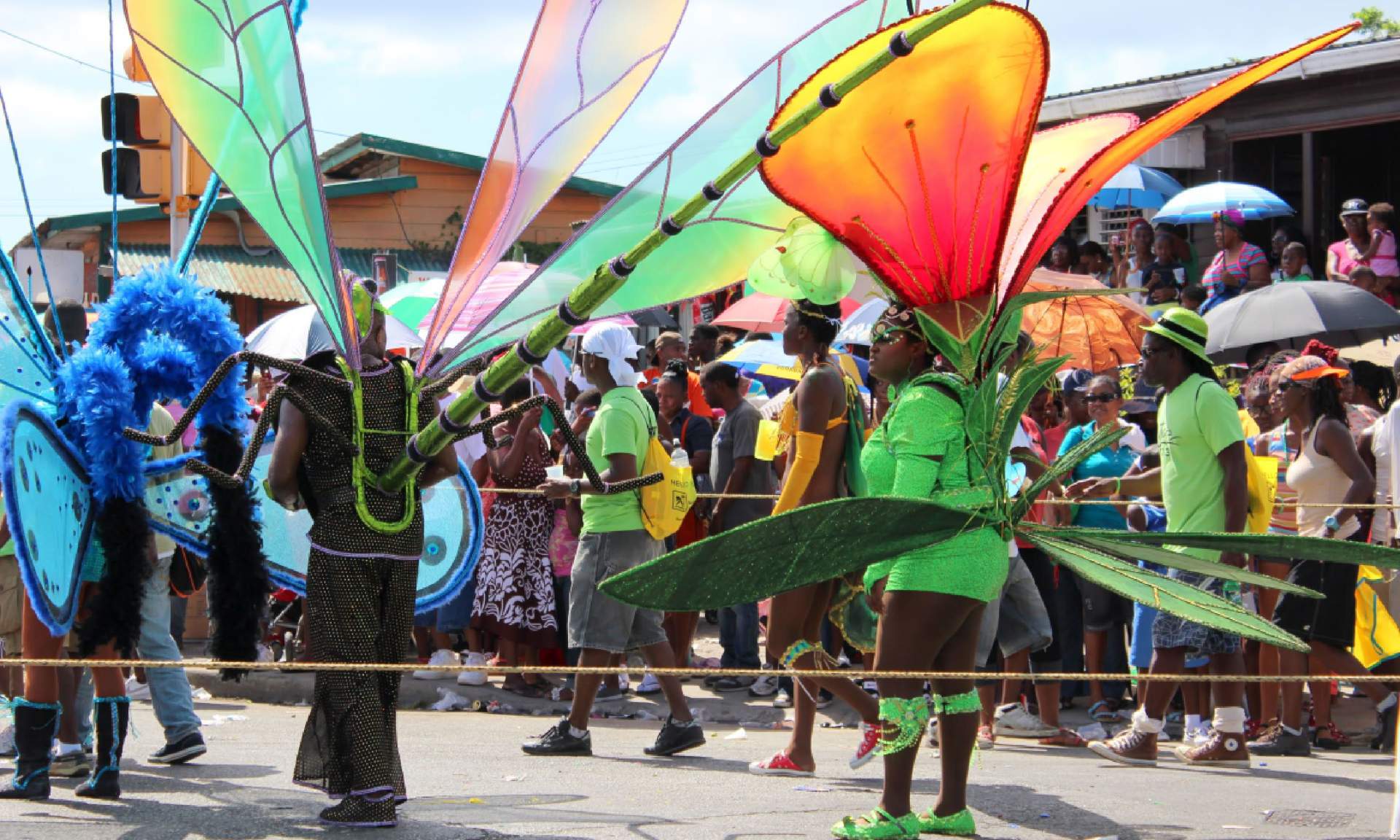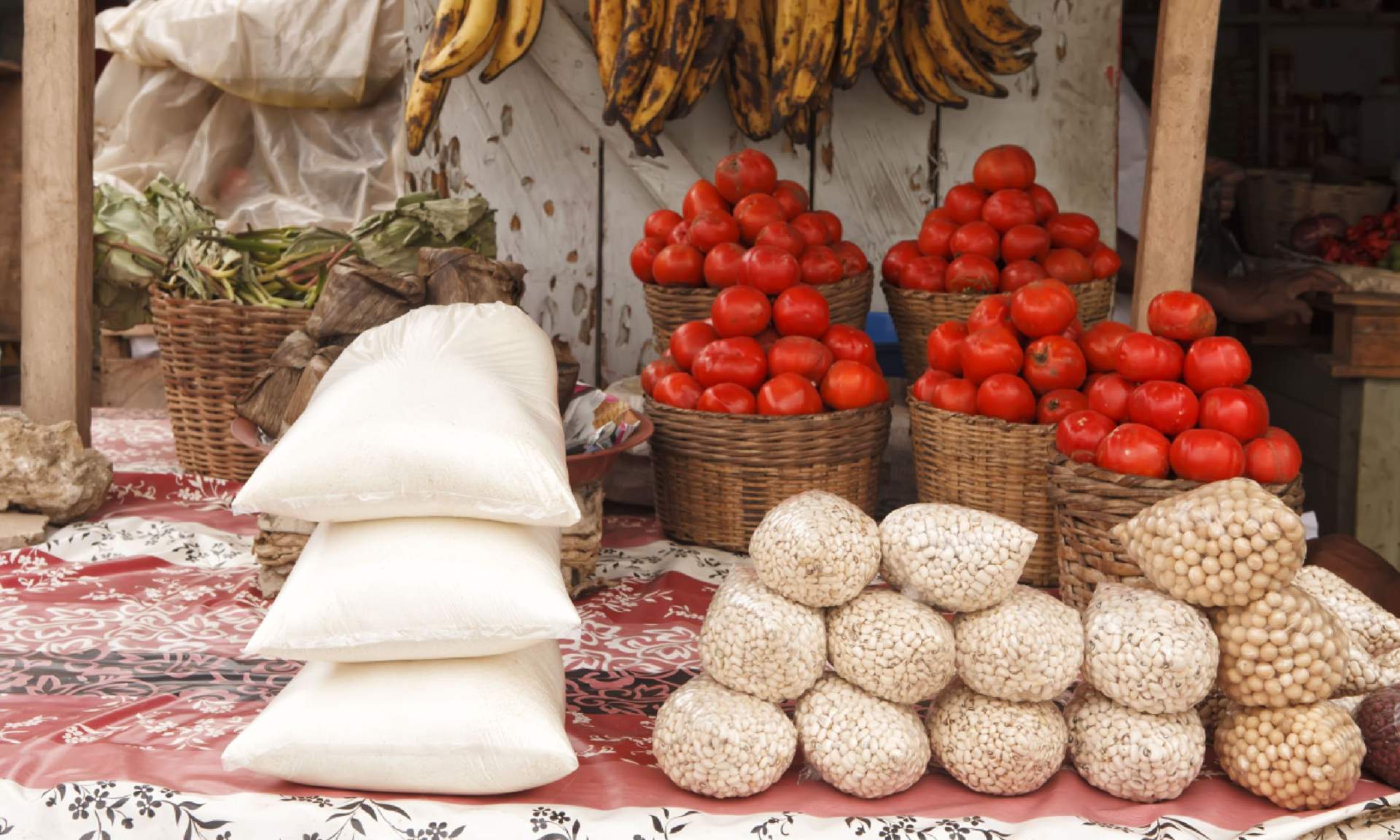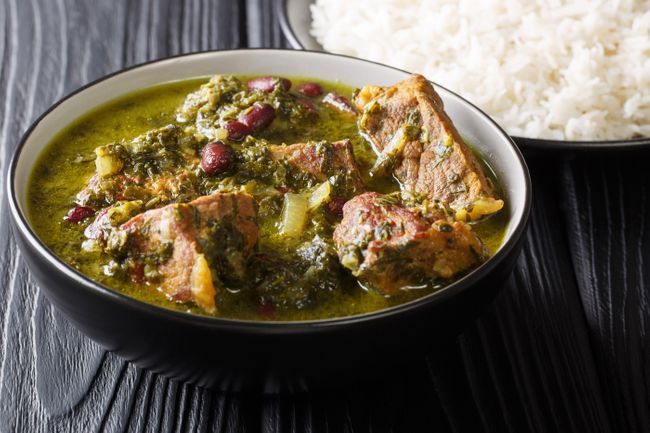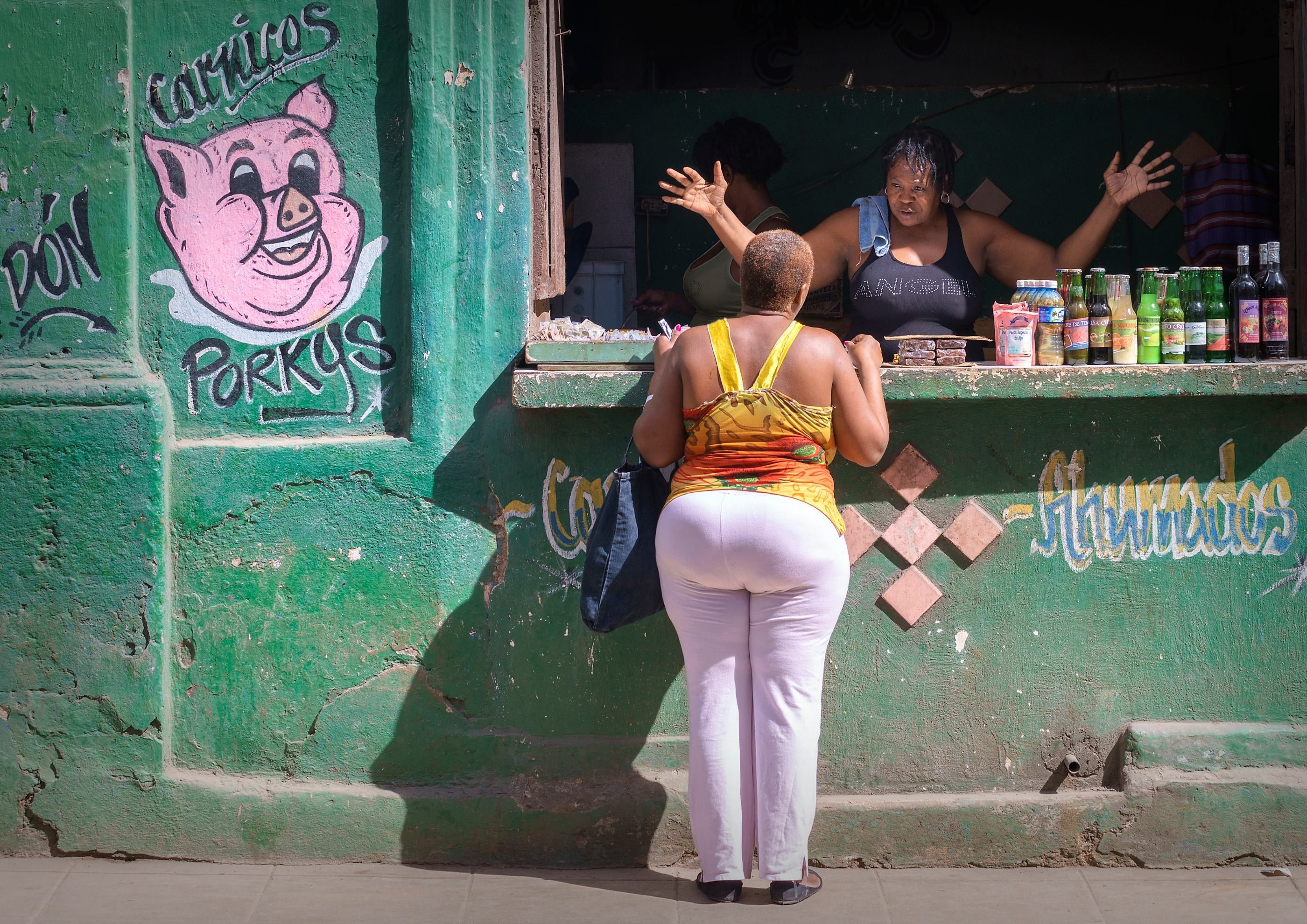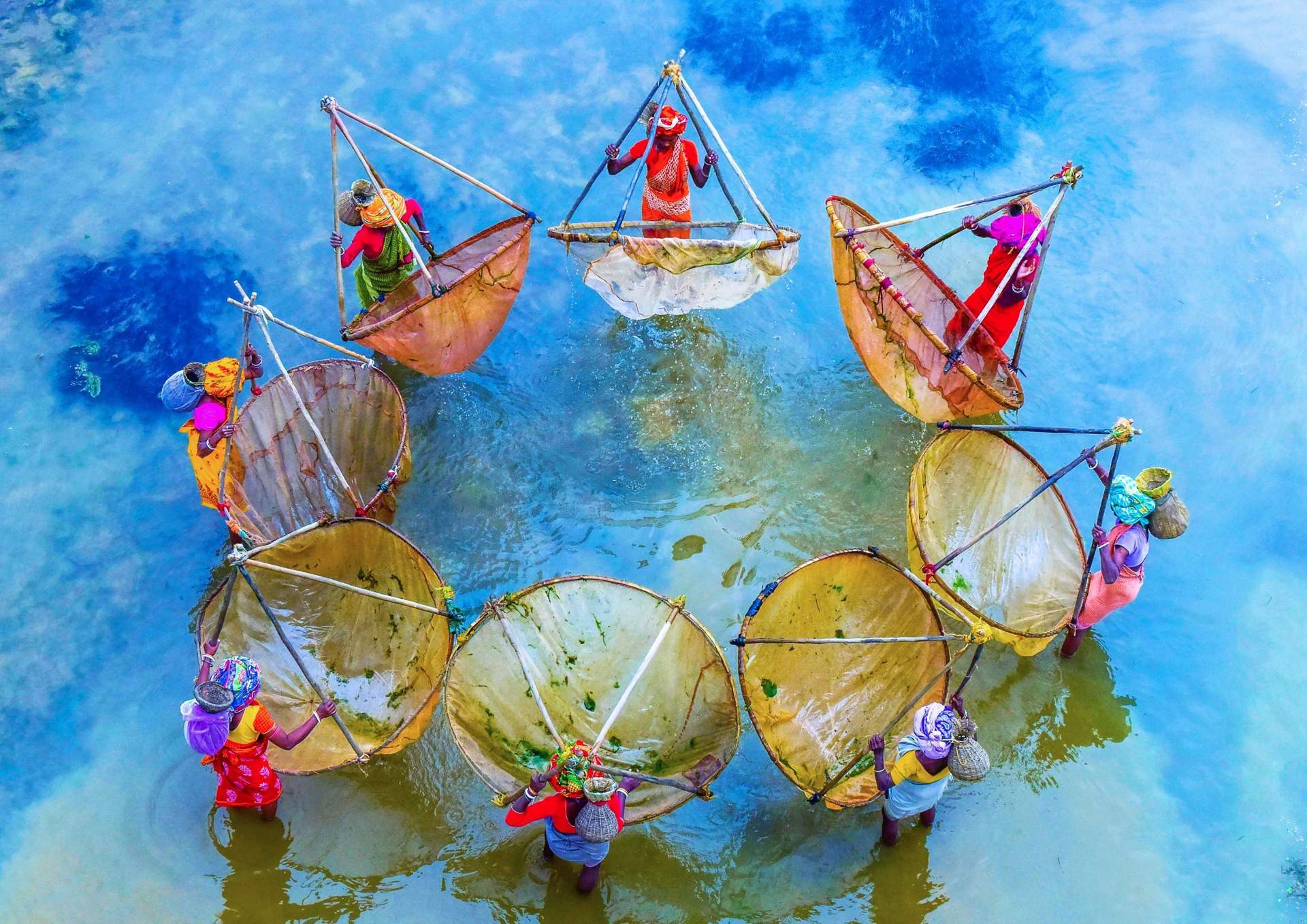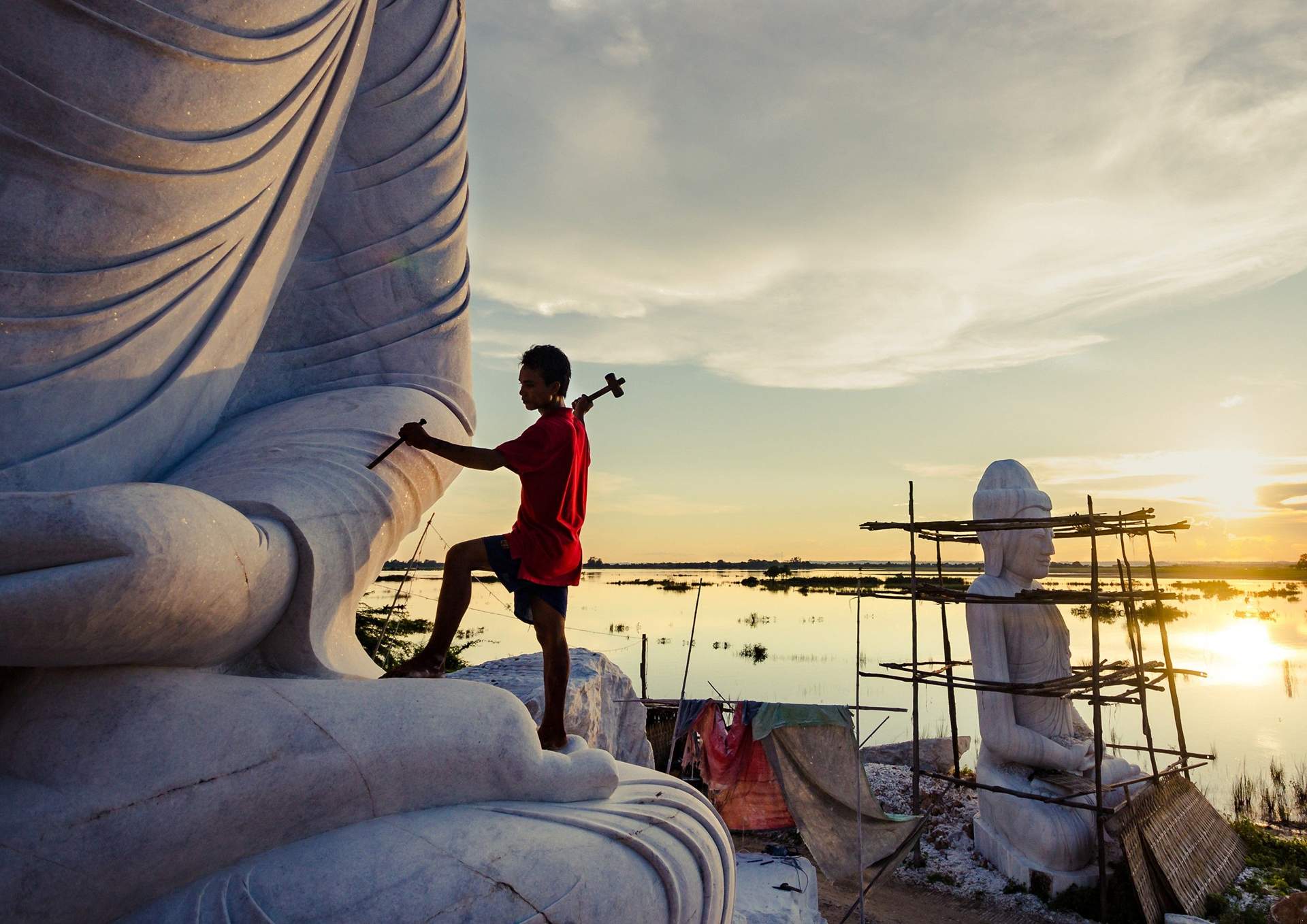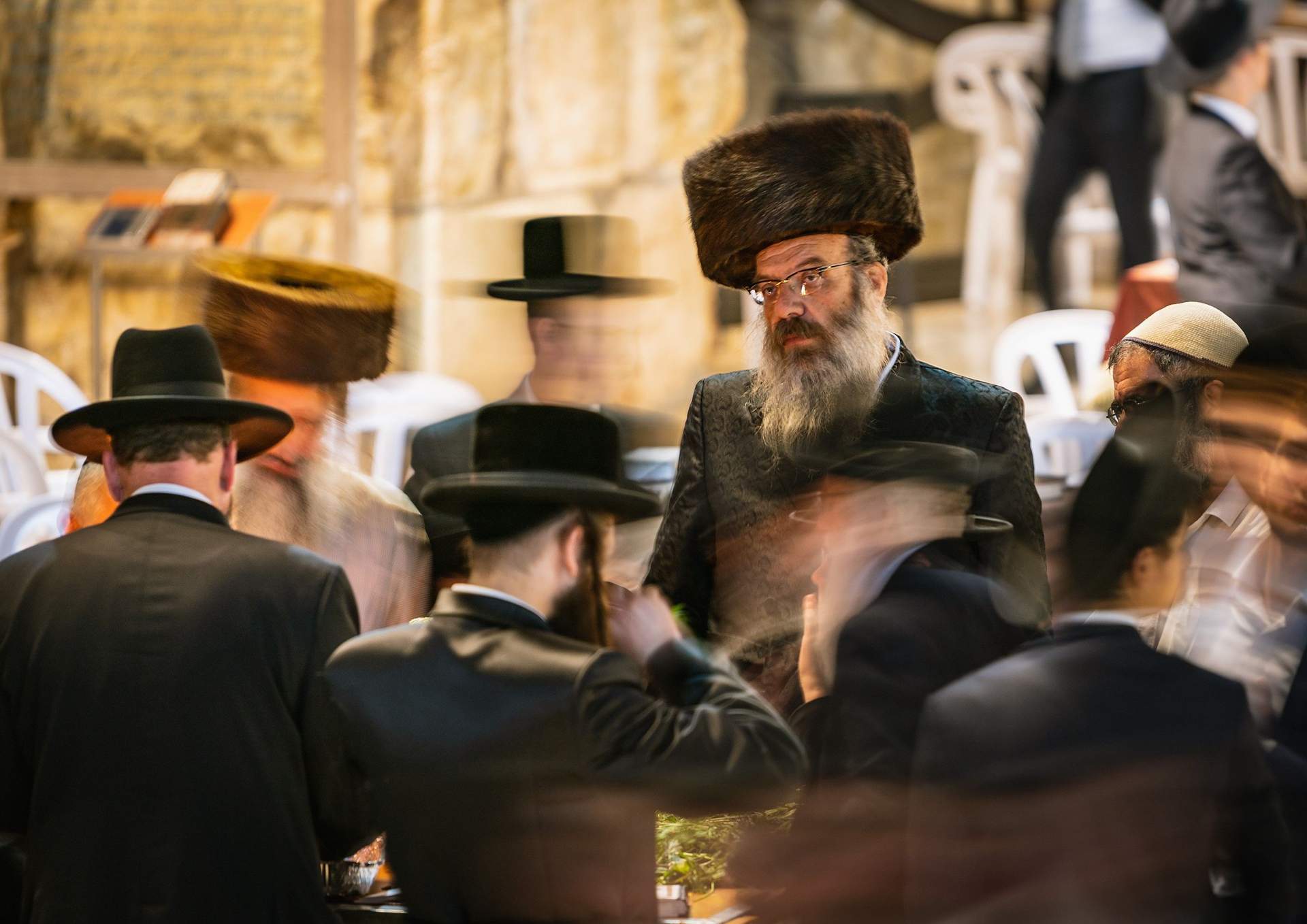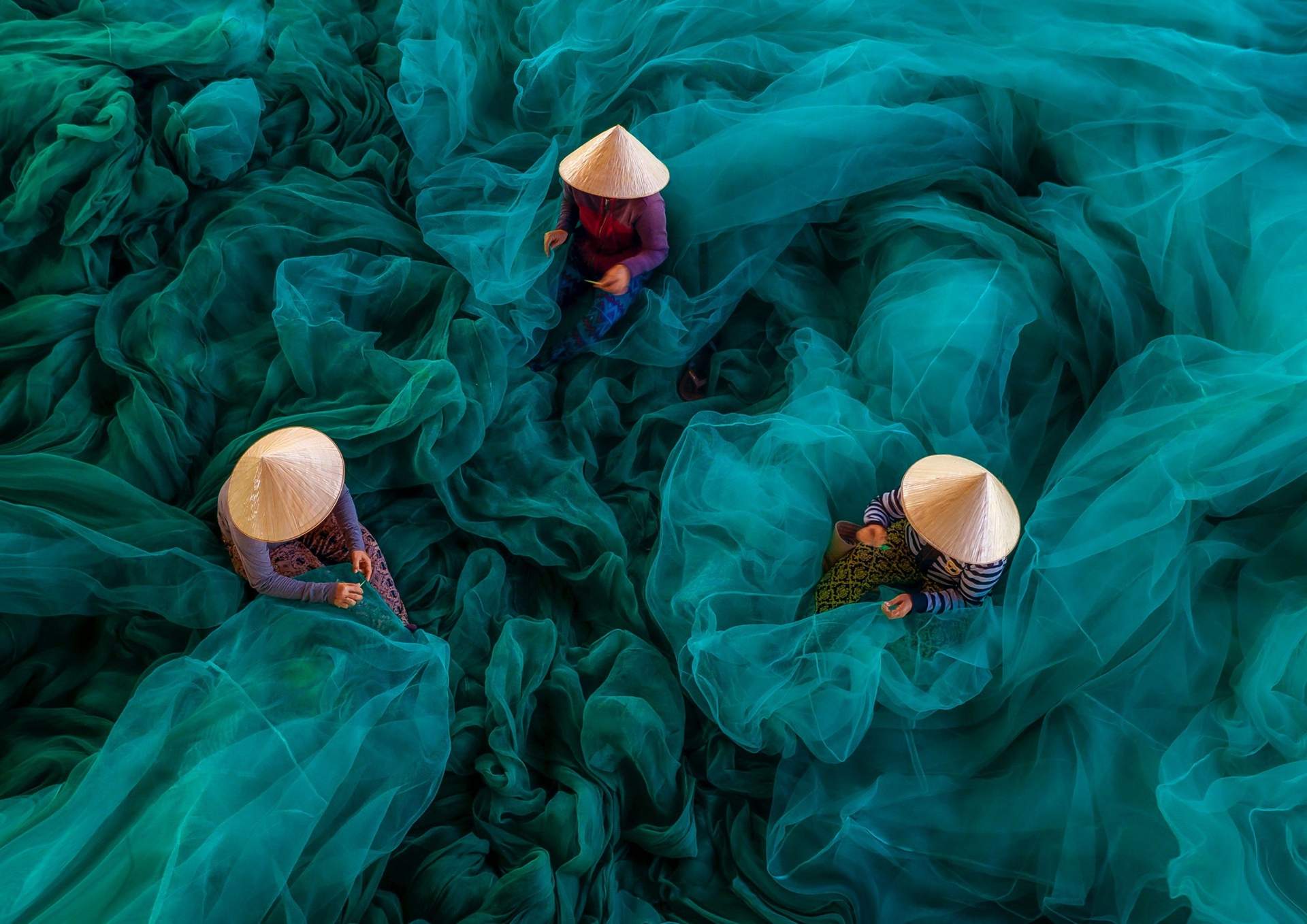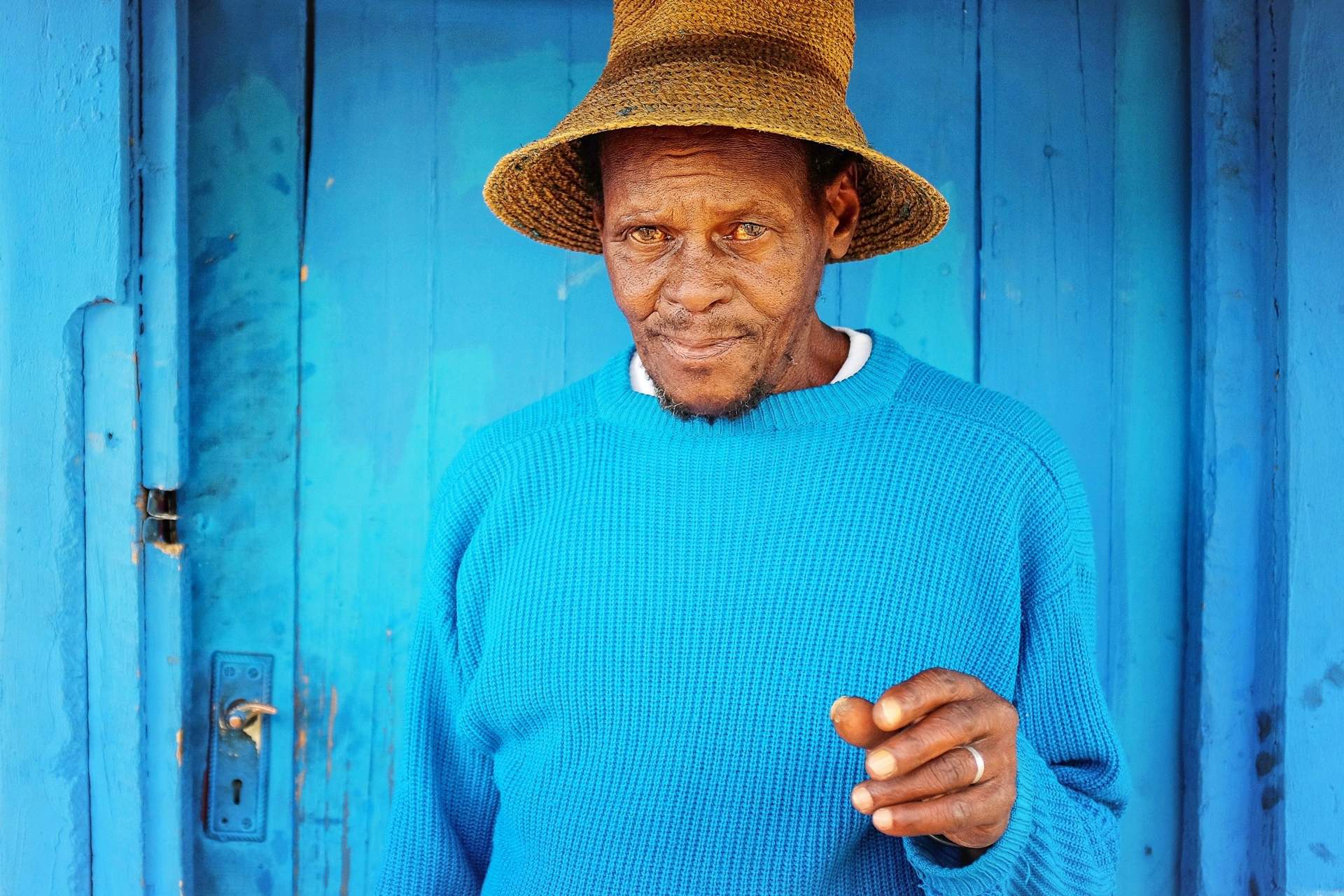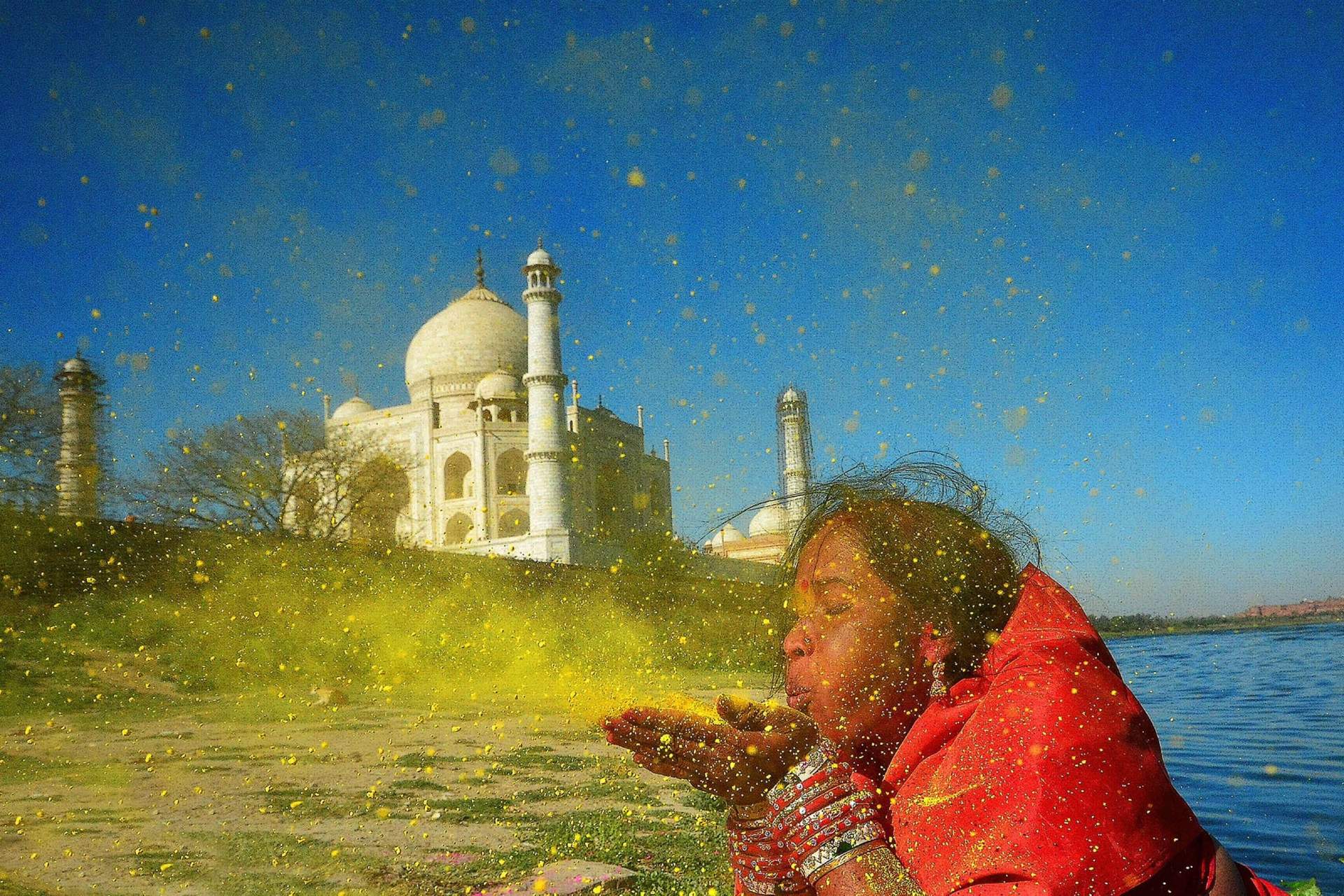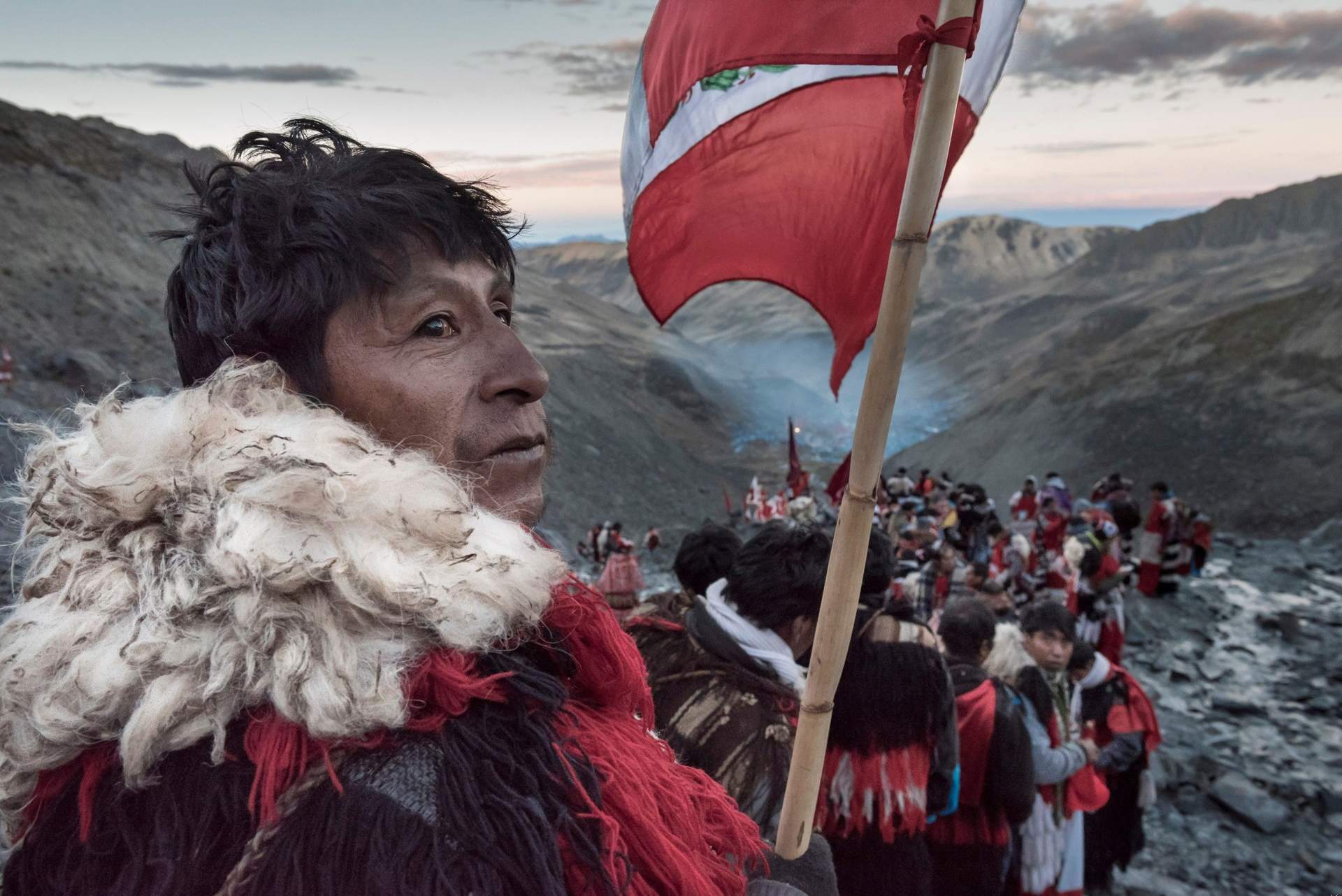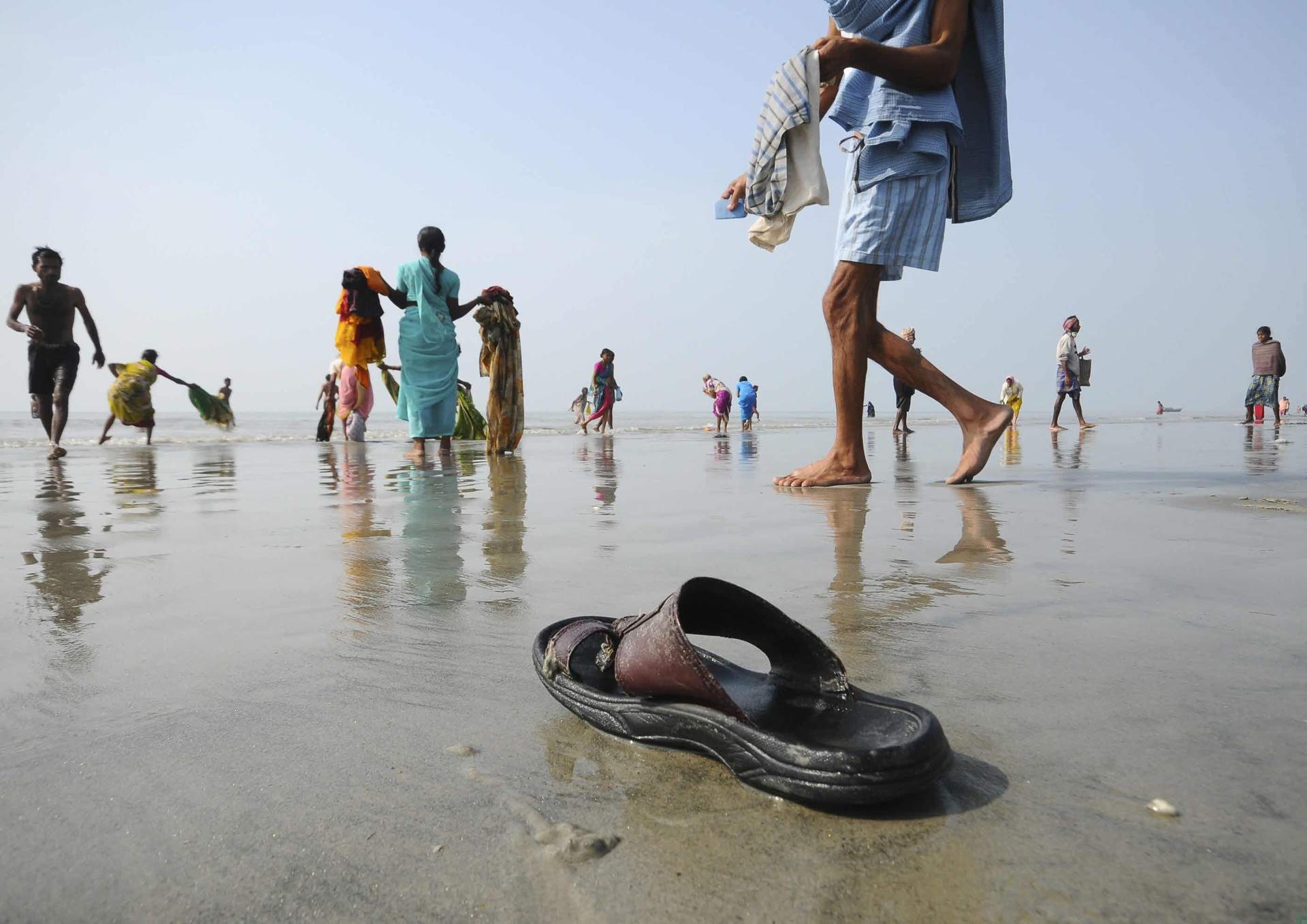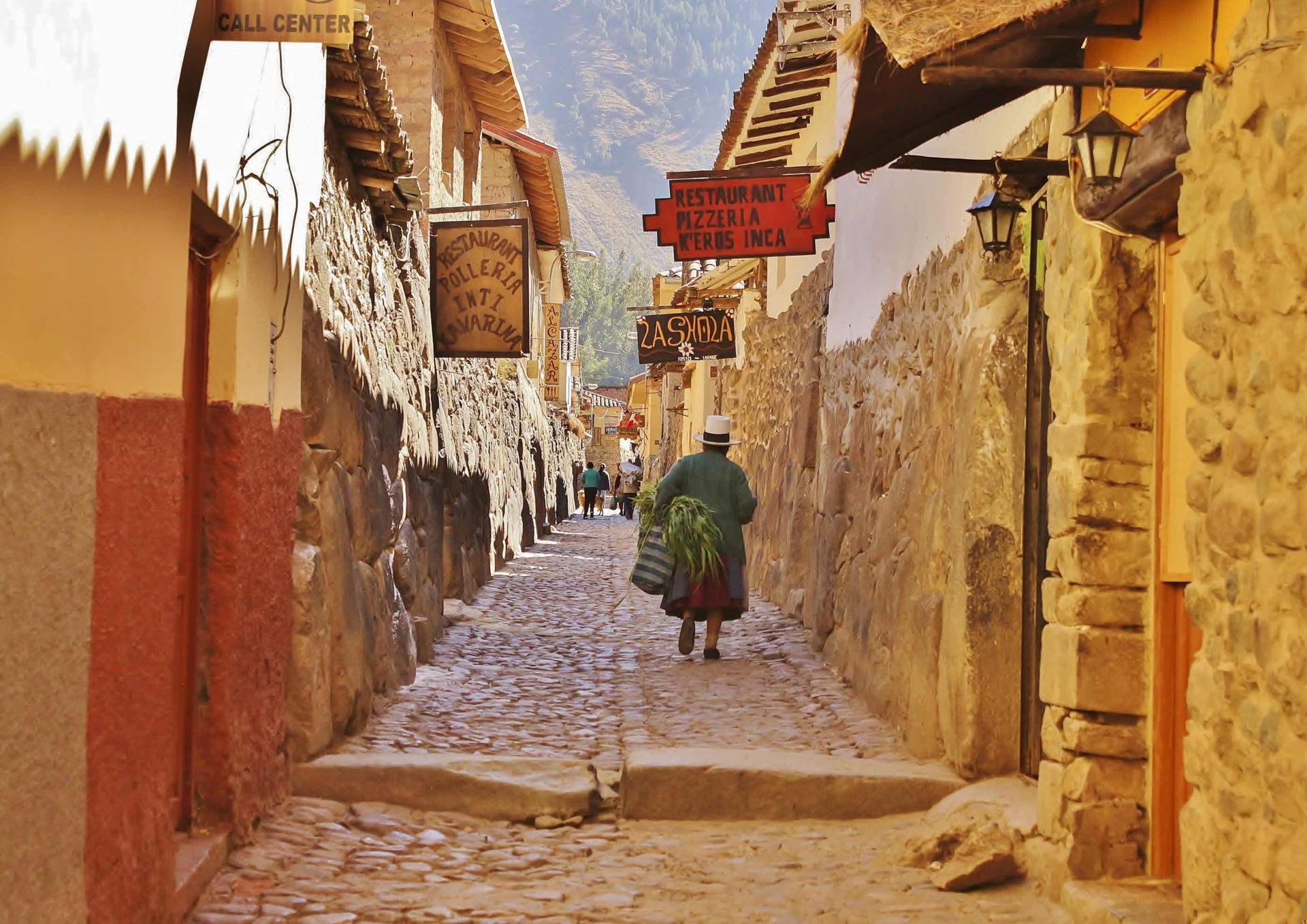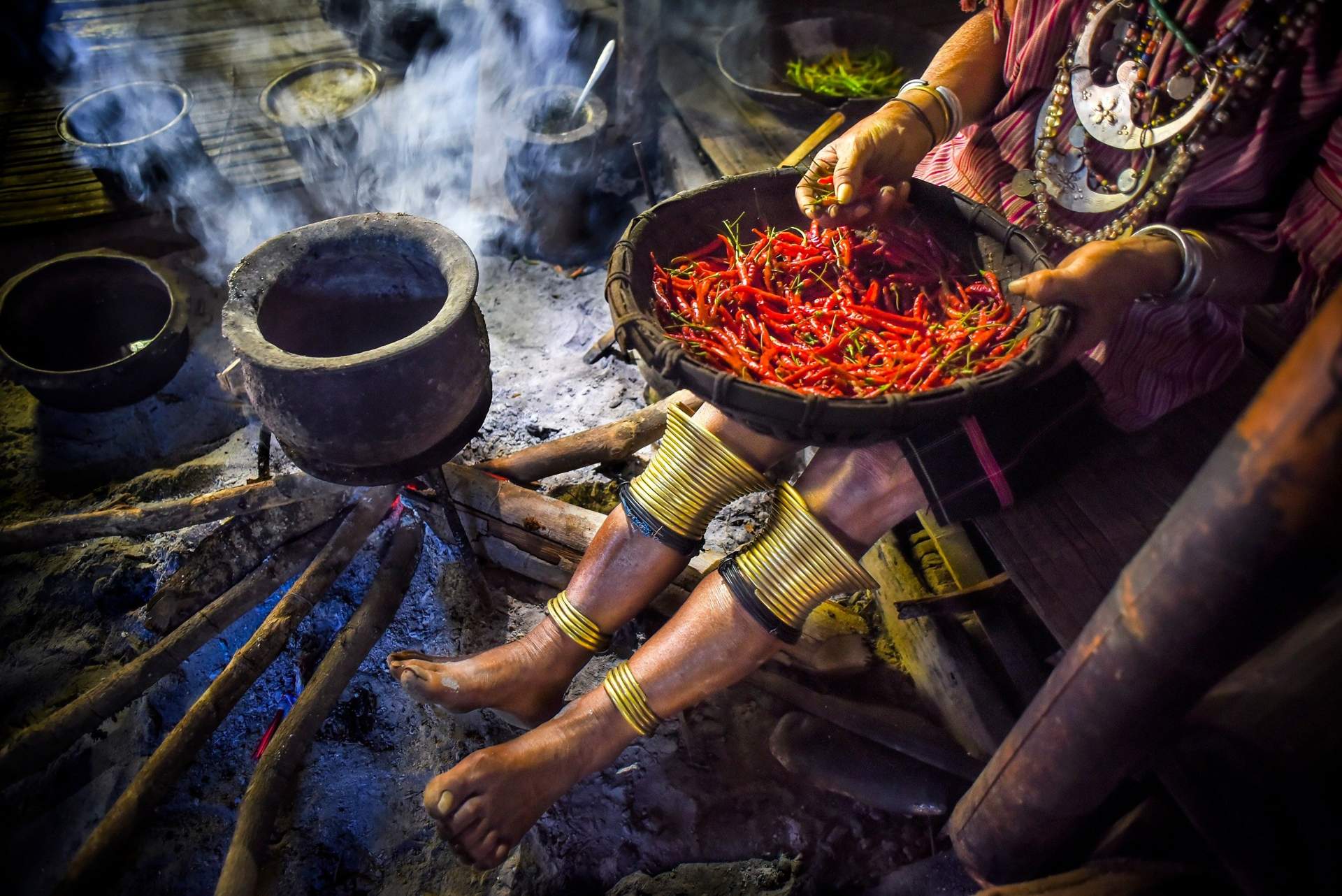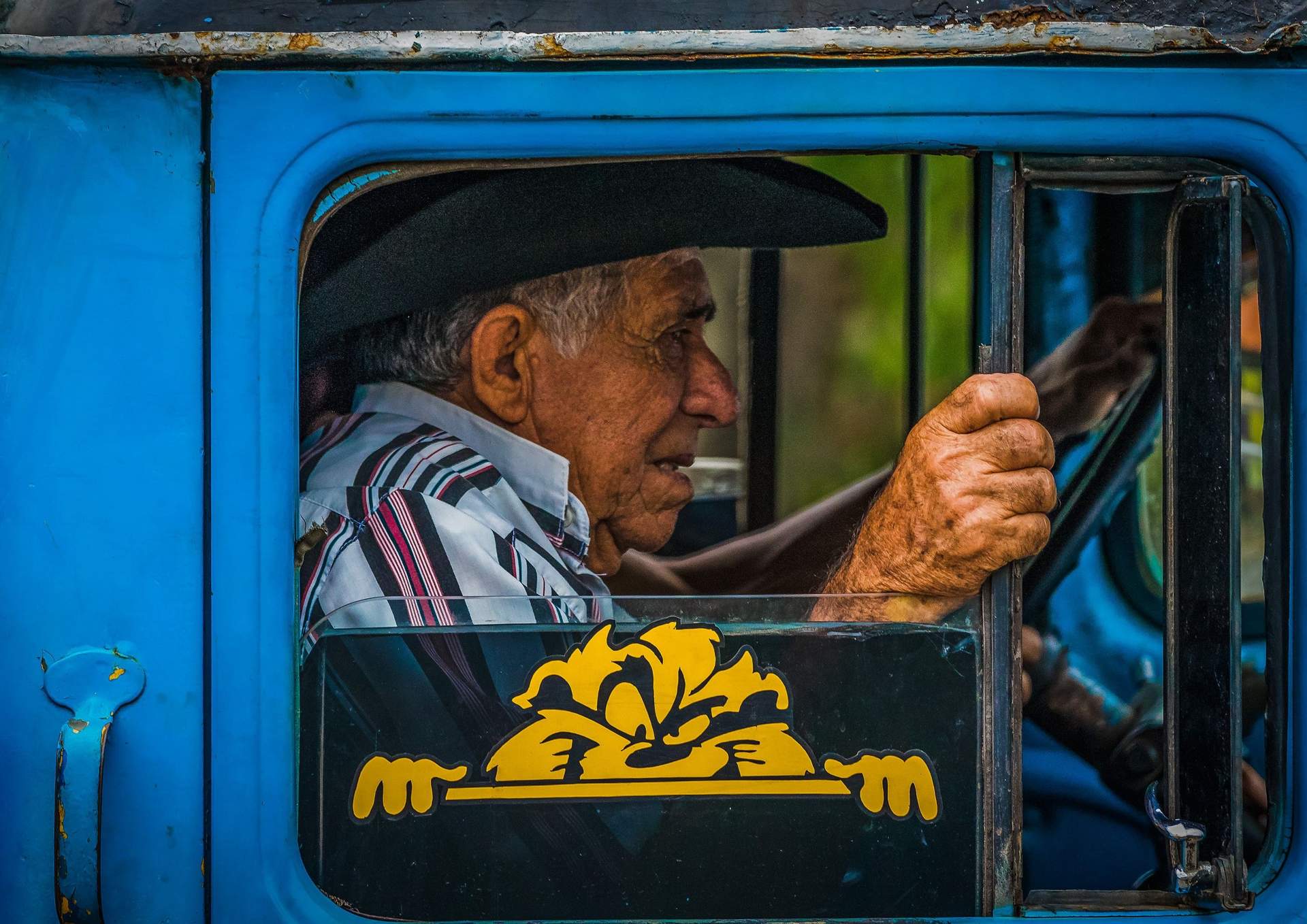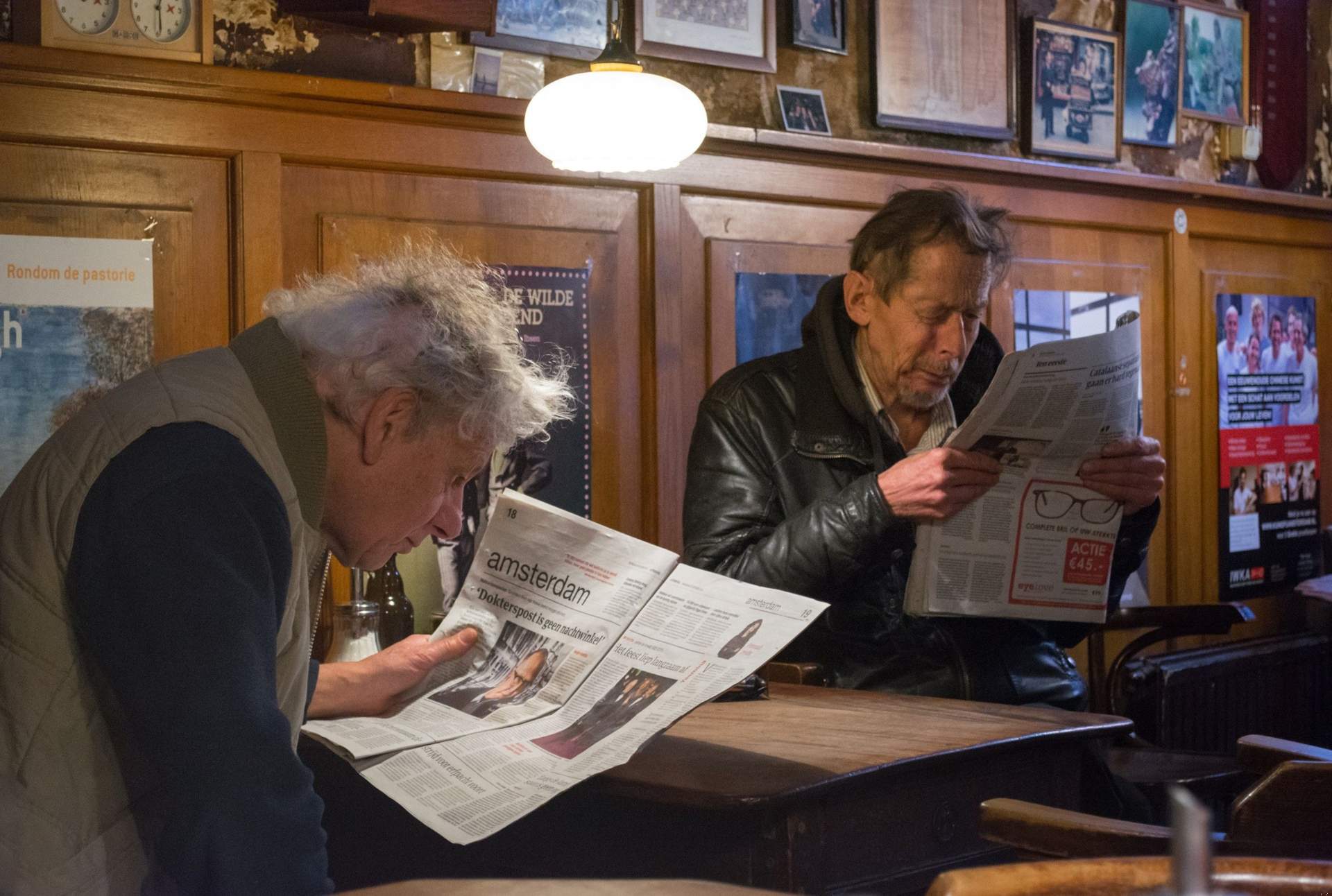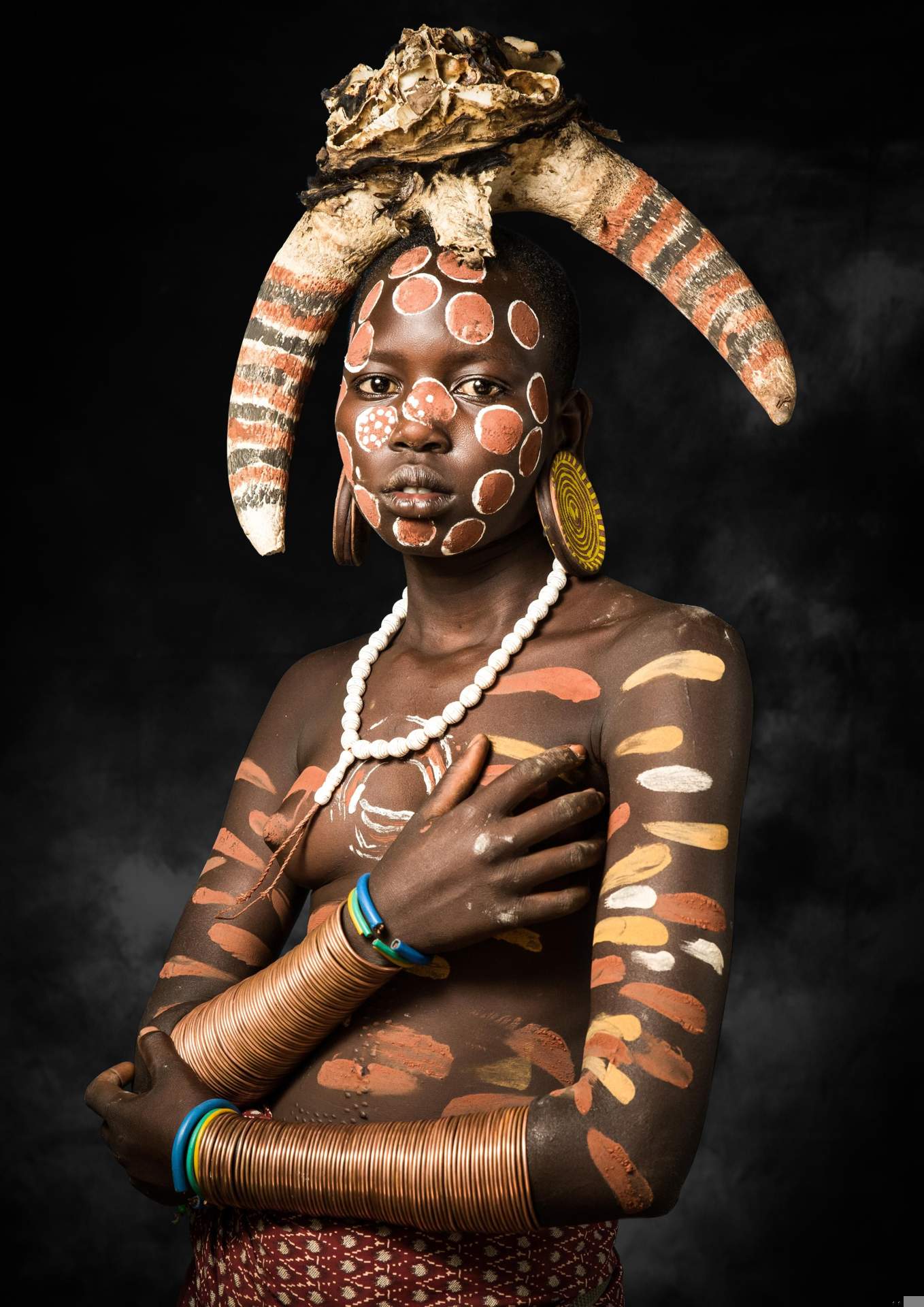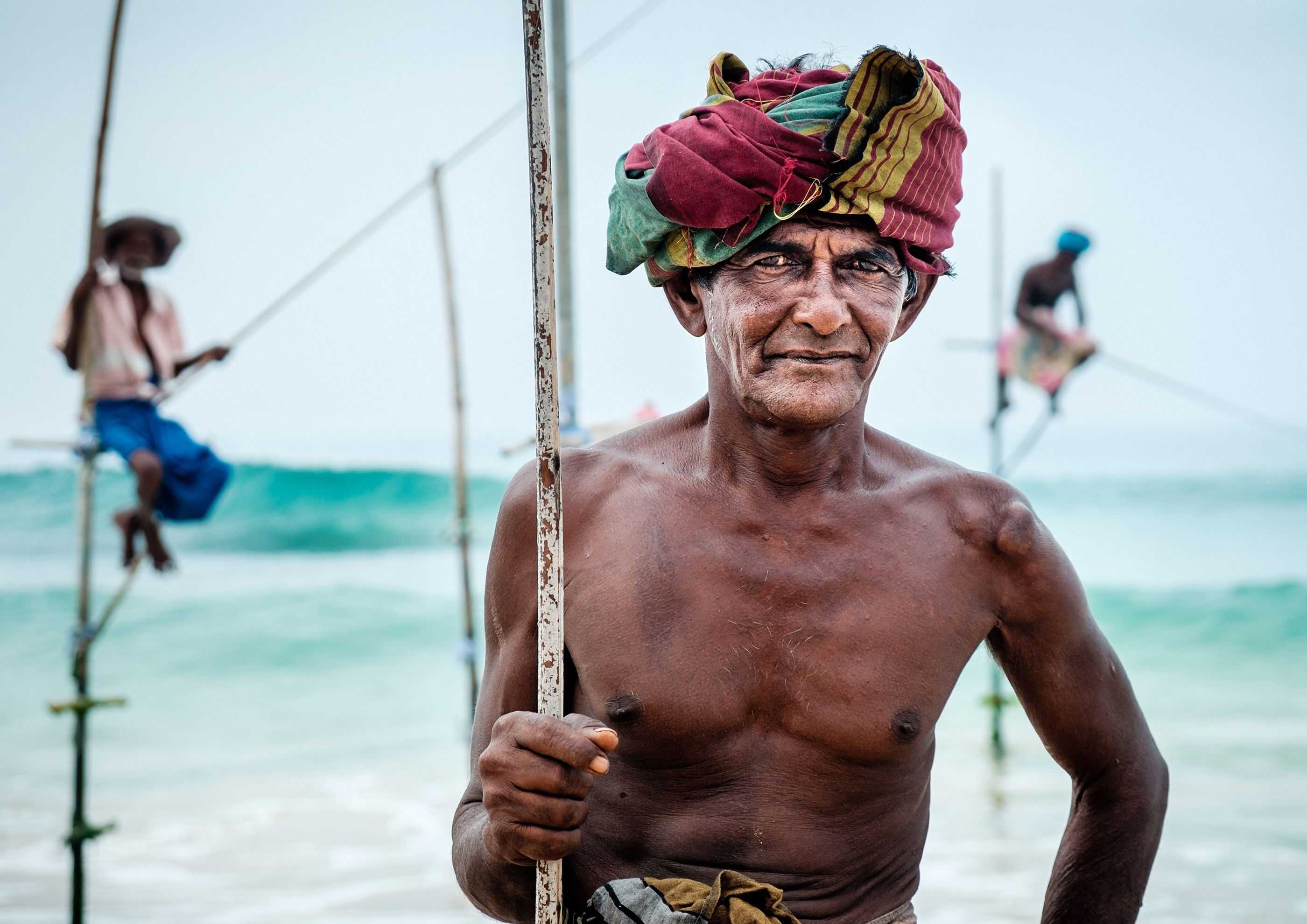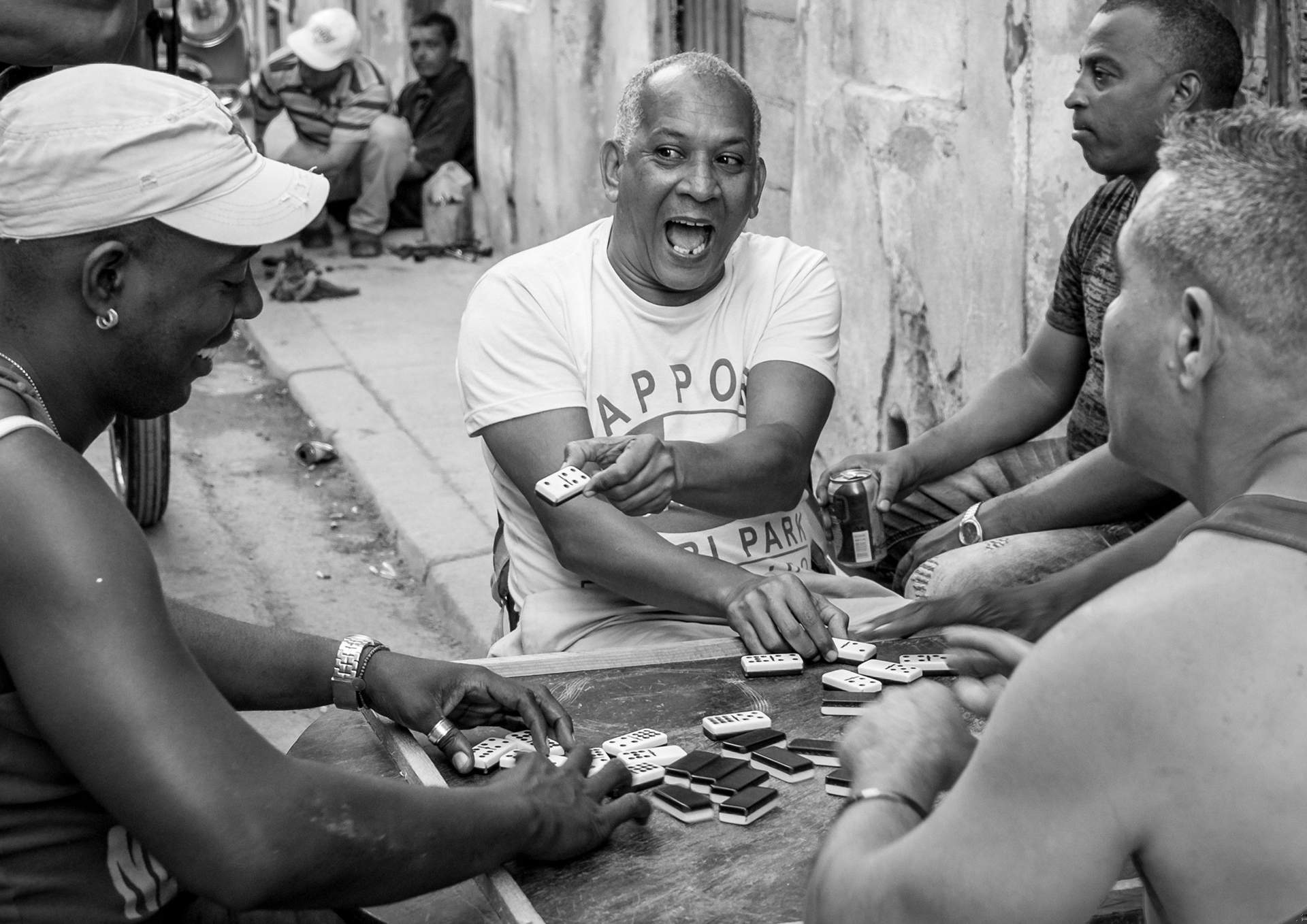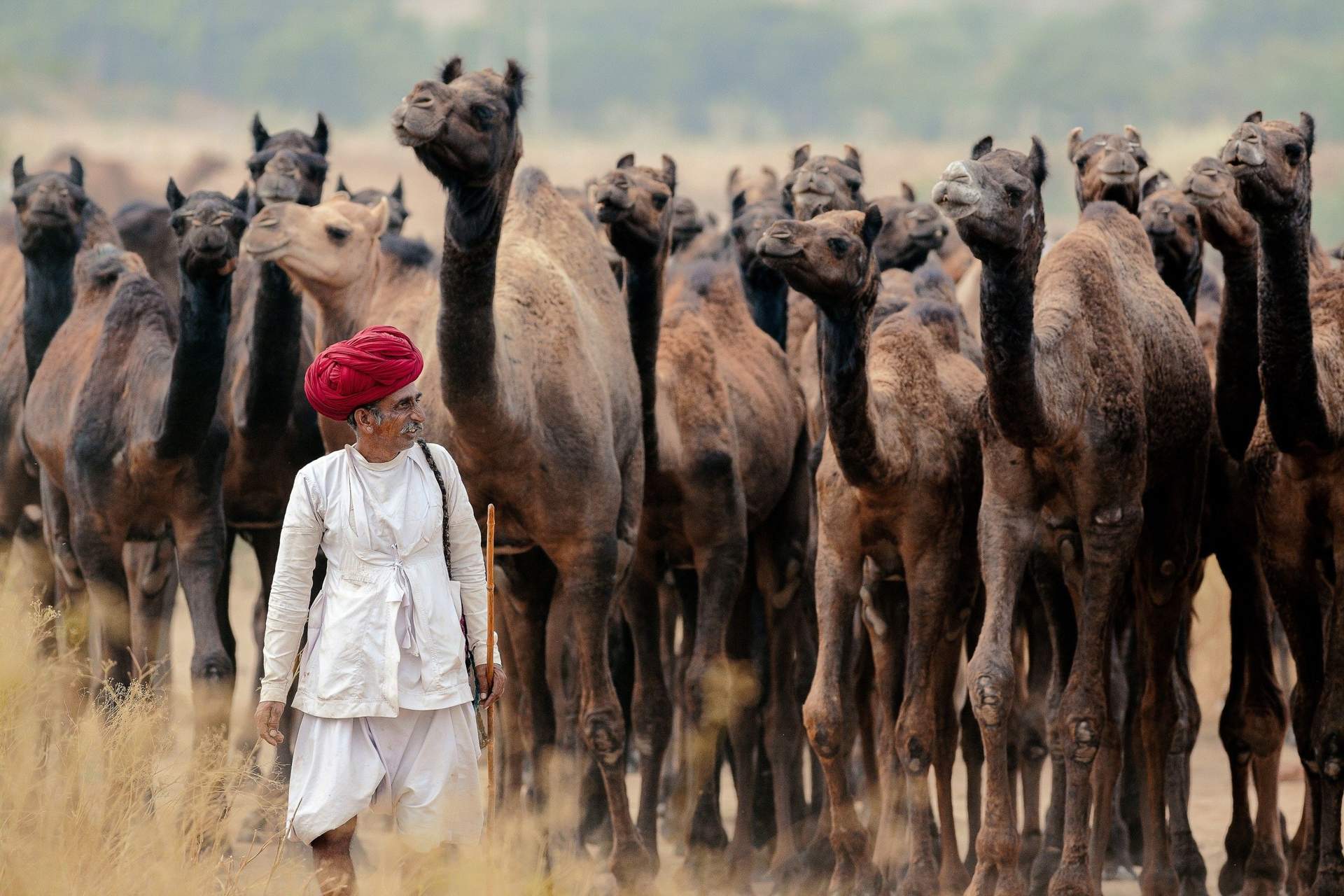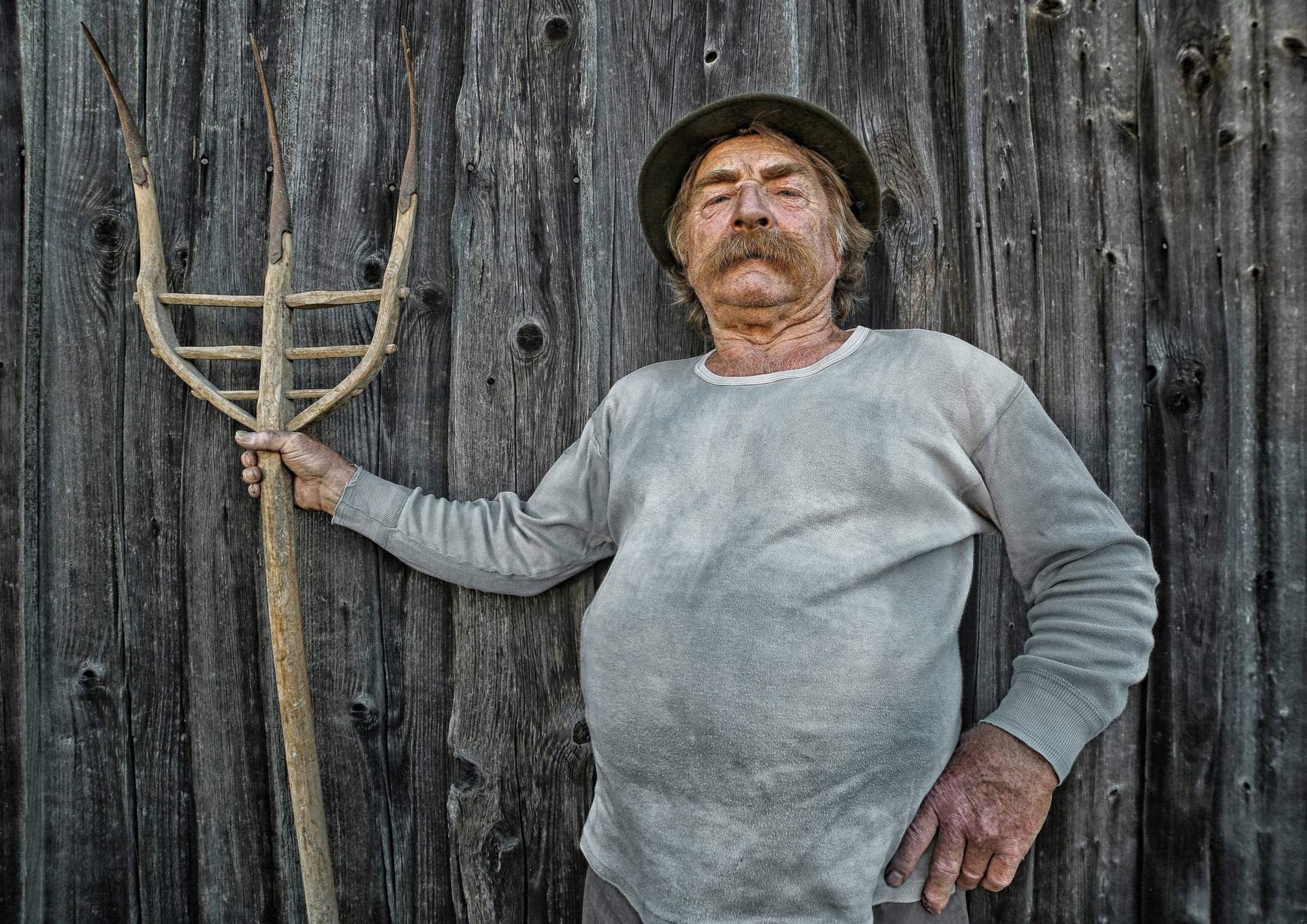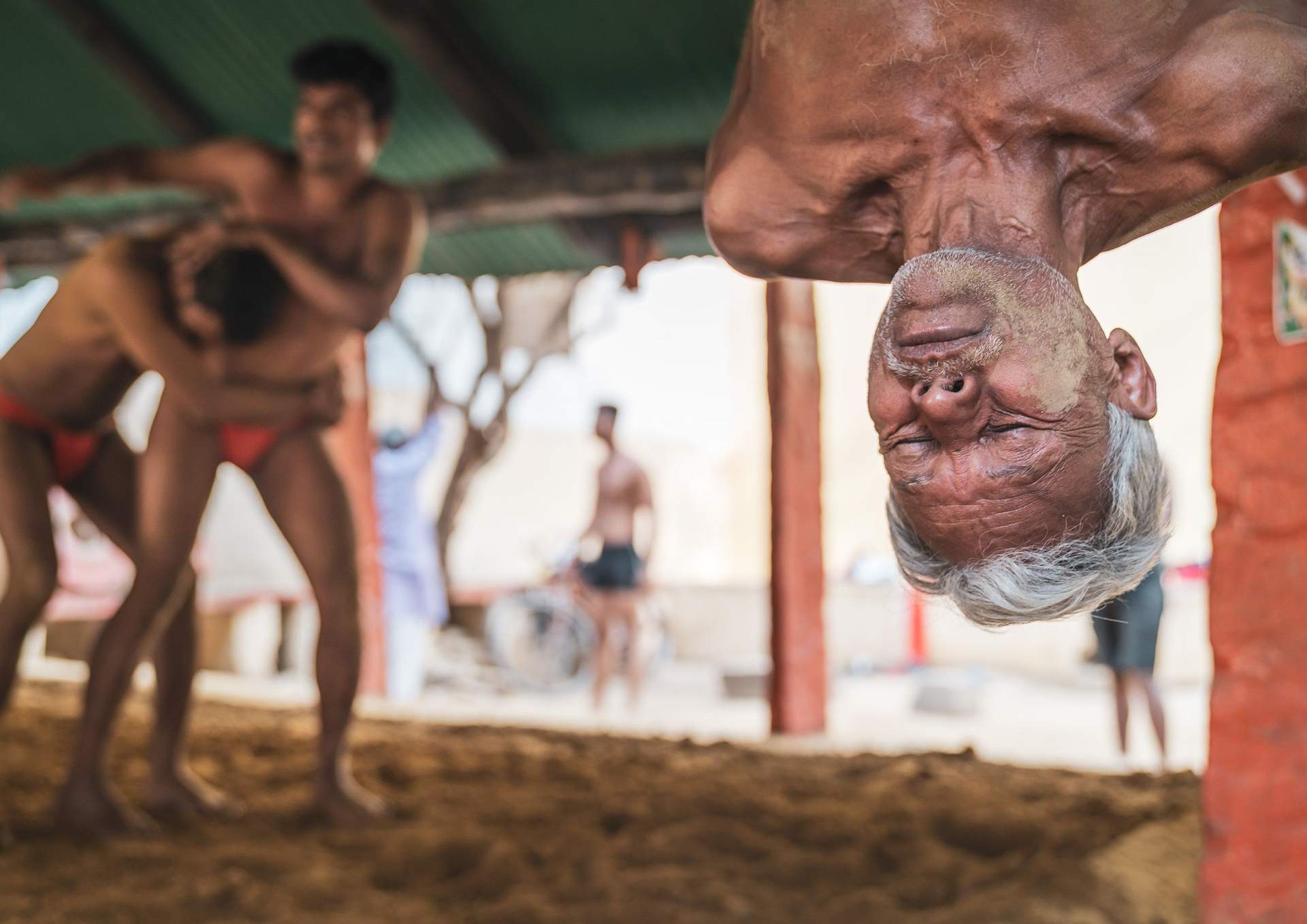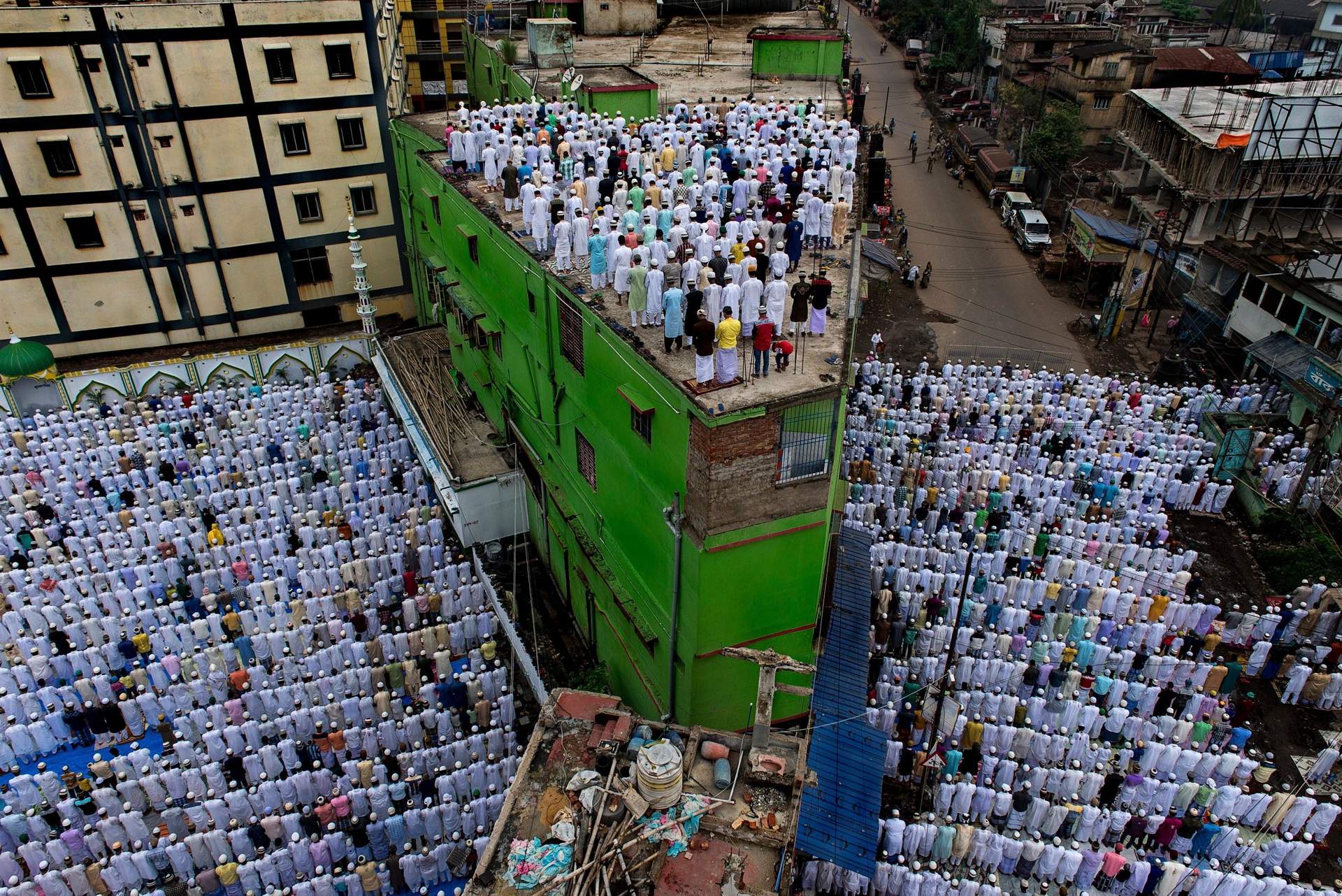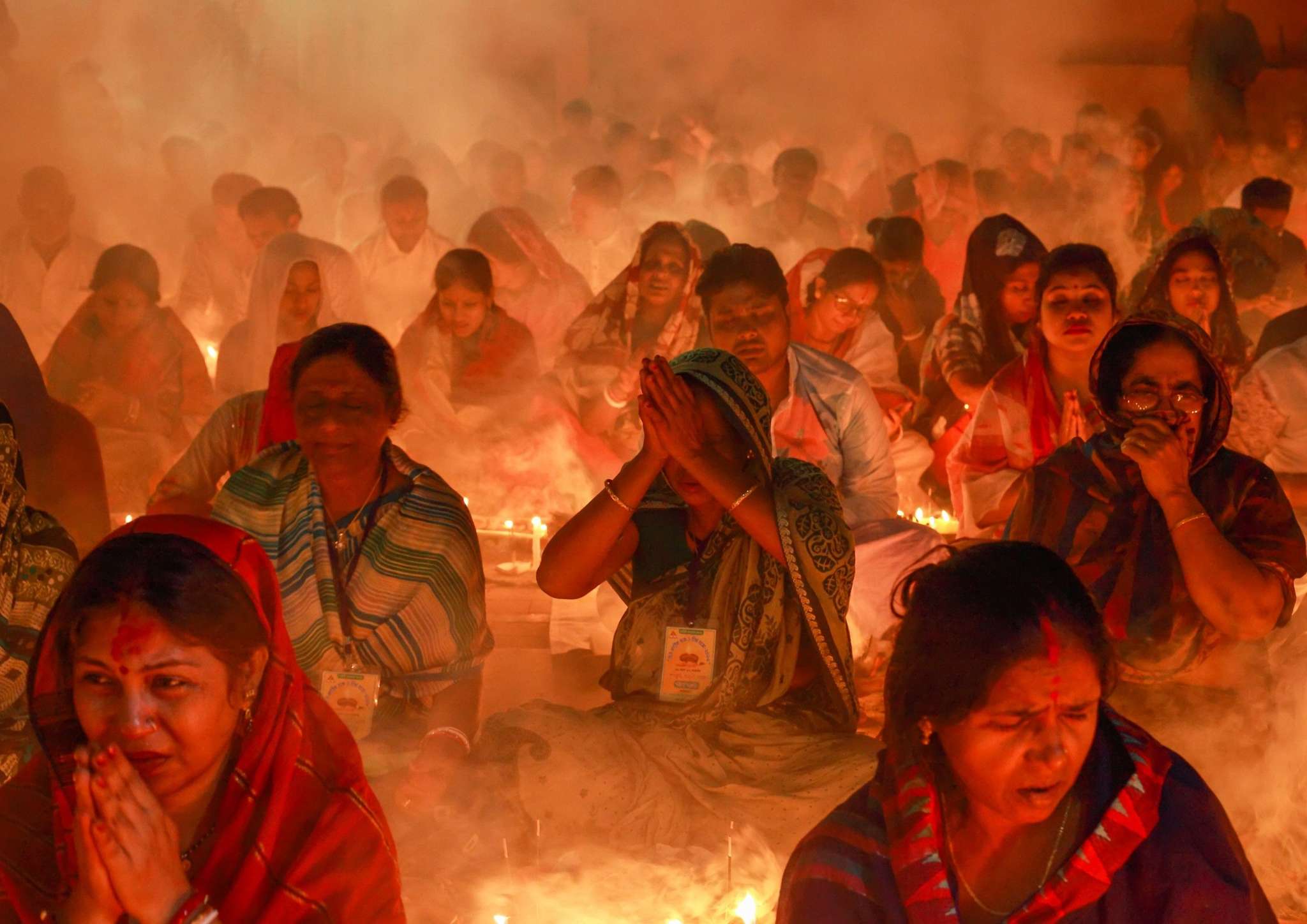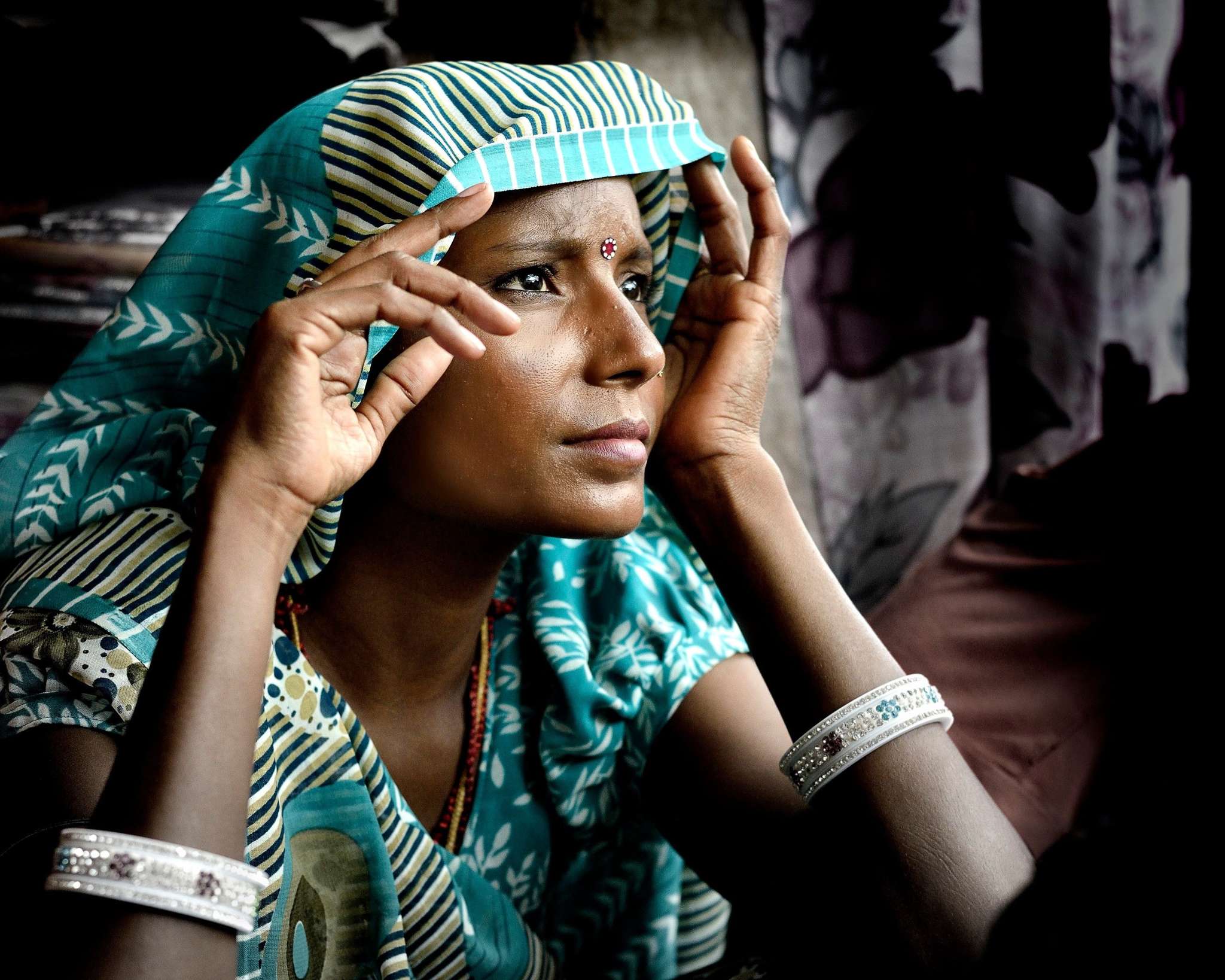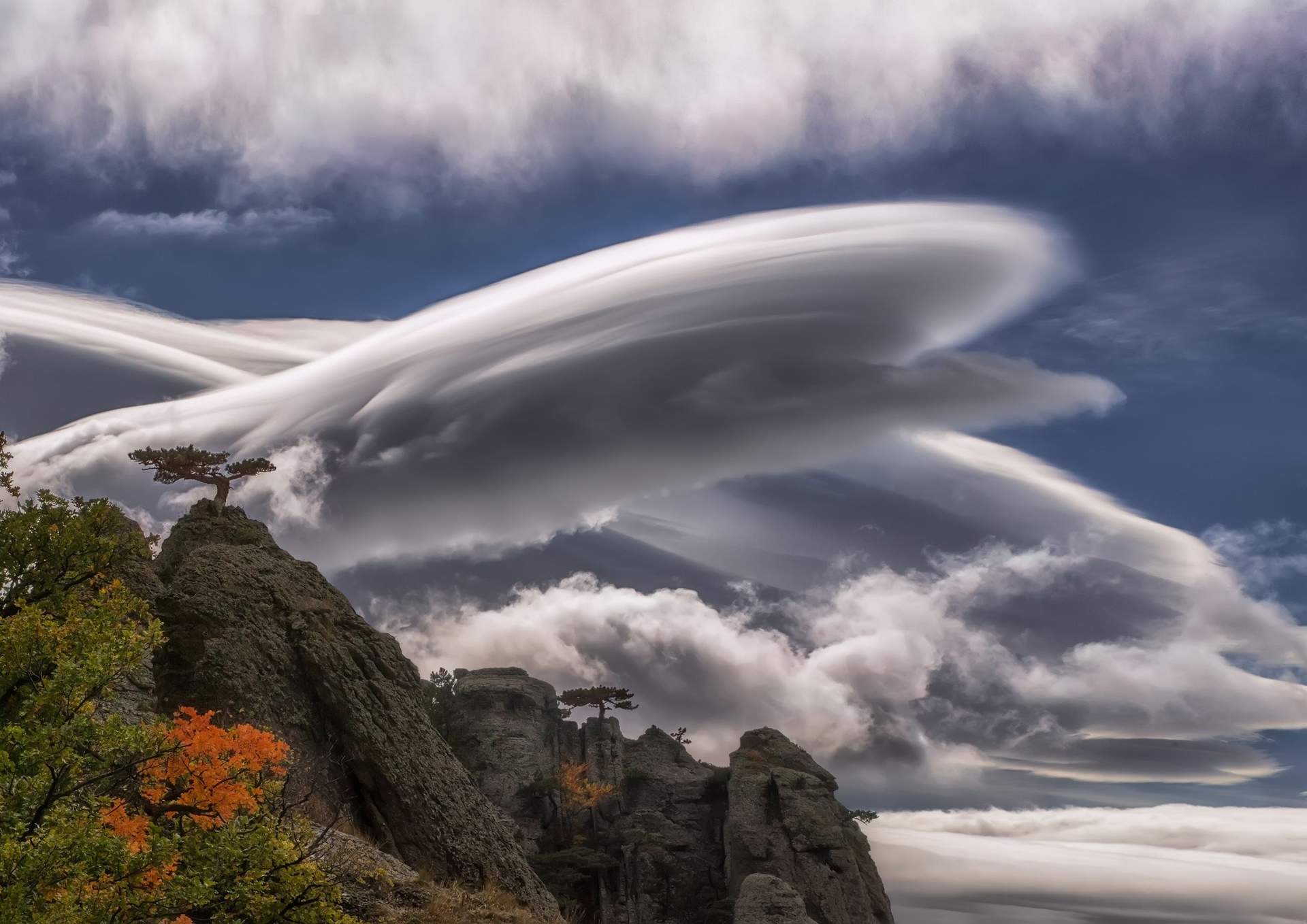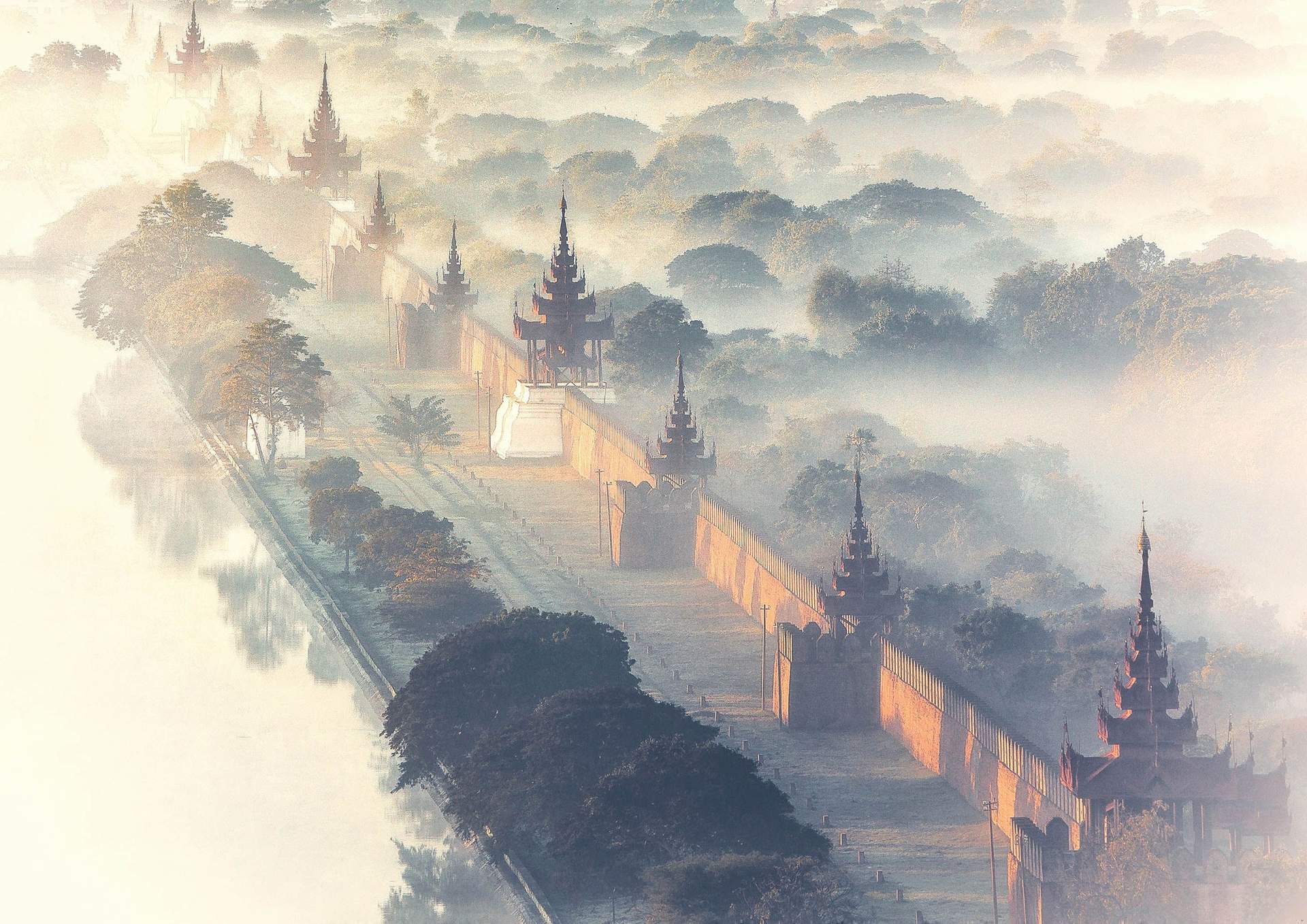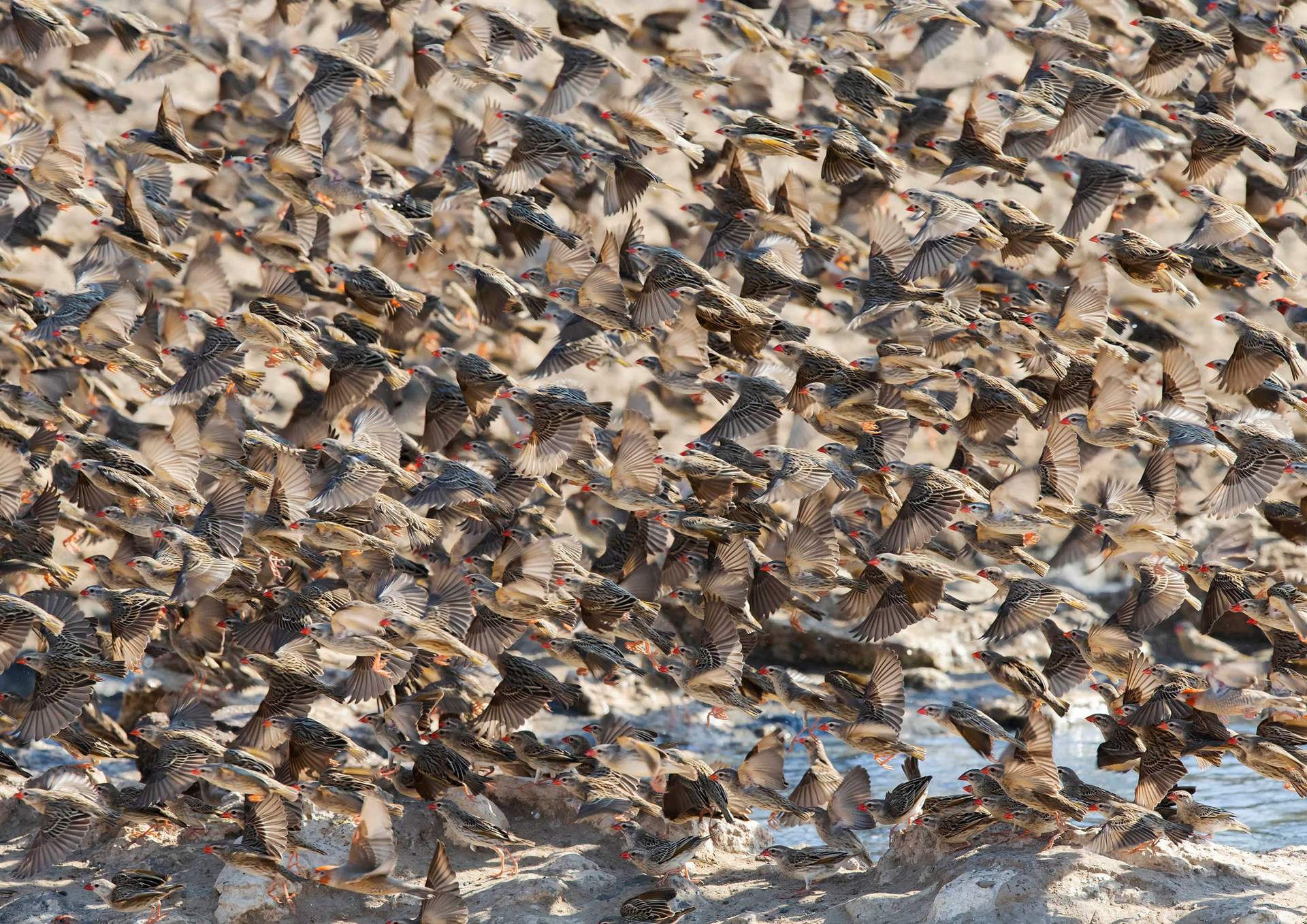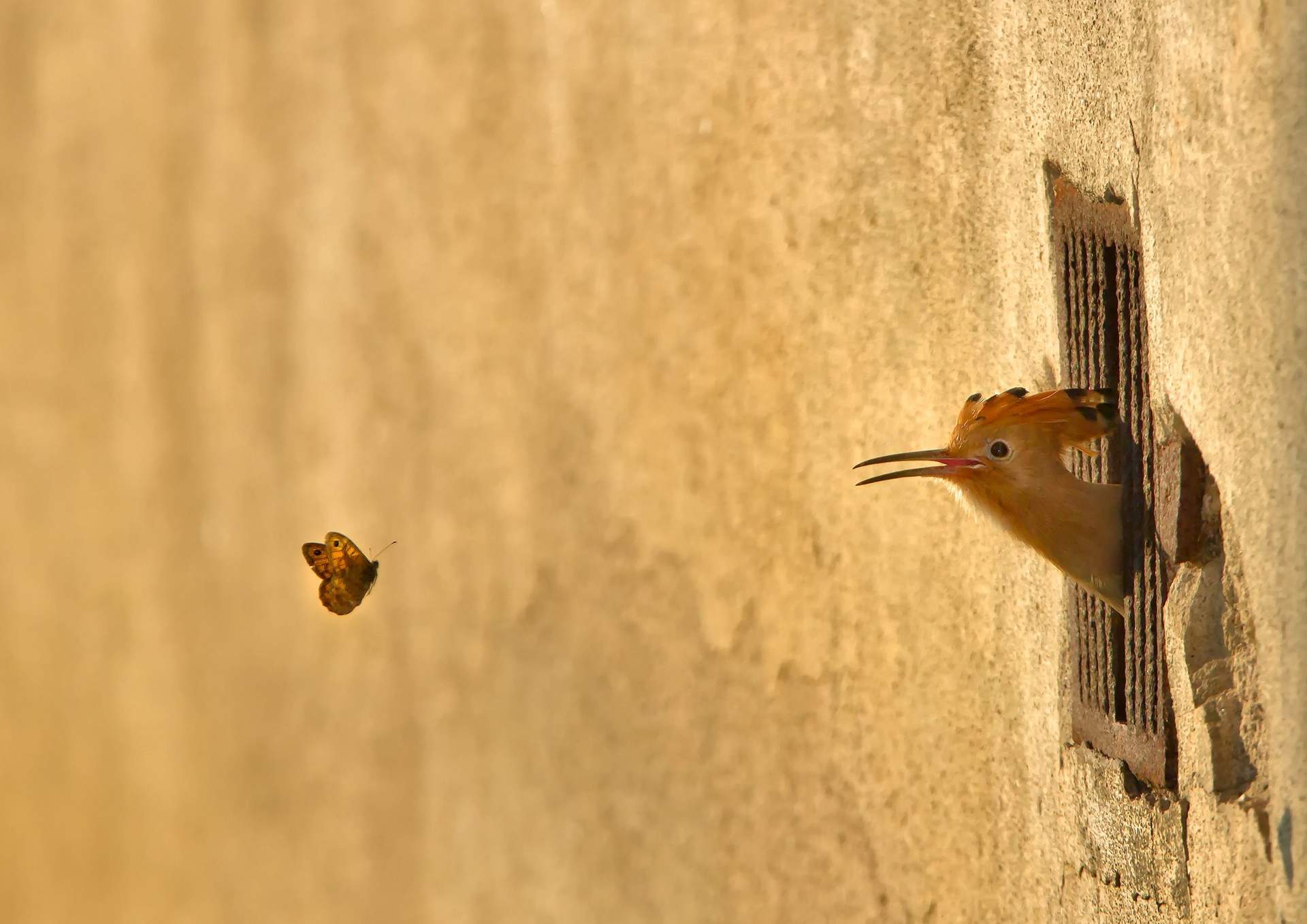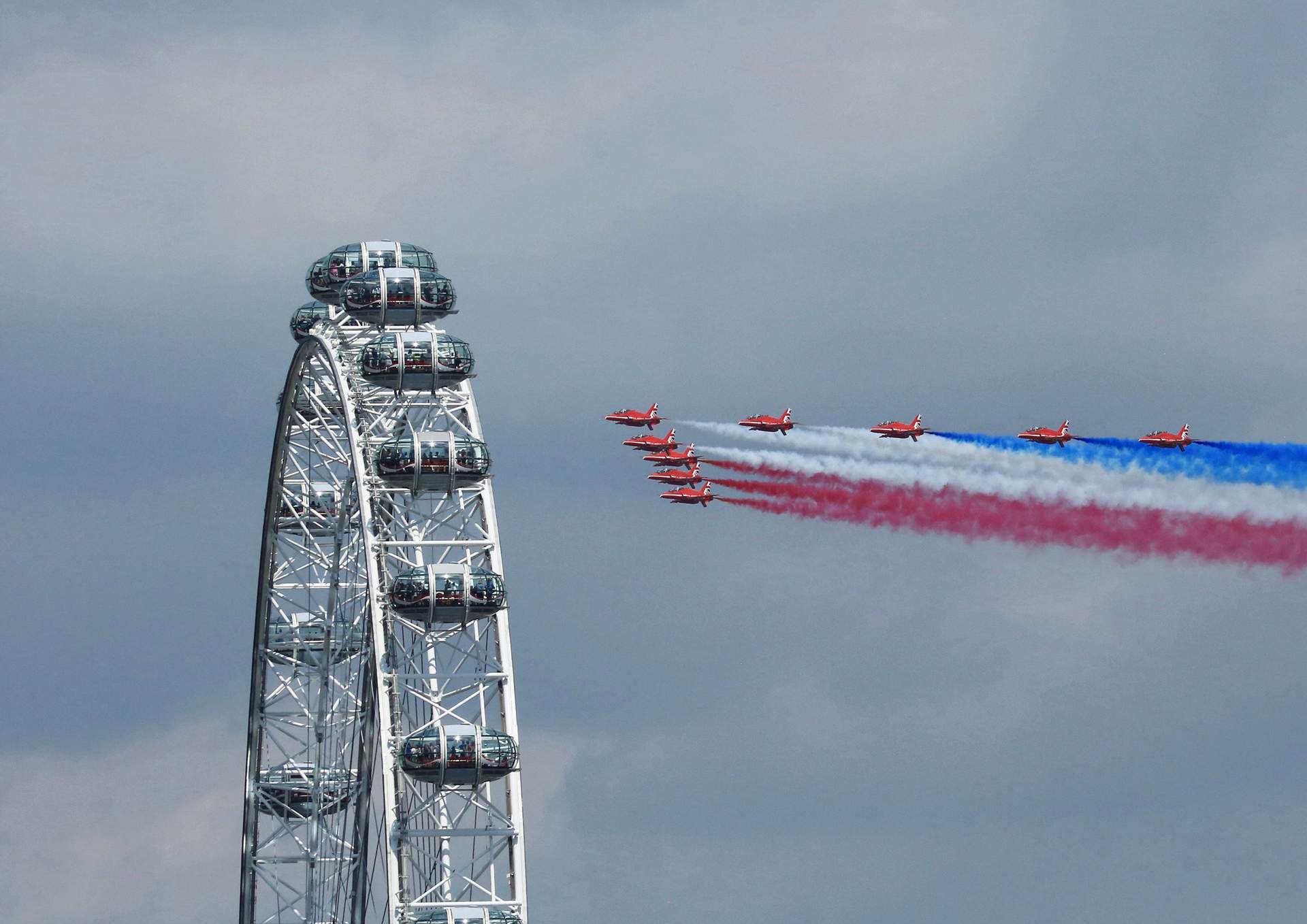1. Lose yourself in Bukhara’s old town
Bukhara, Uzbekistan
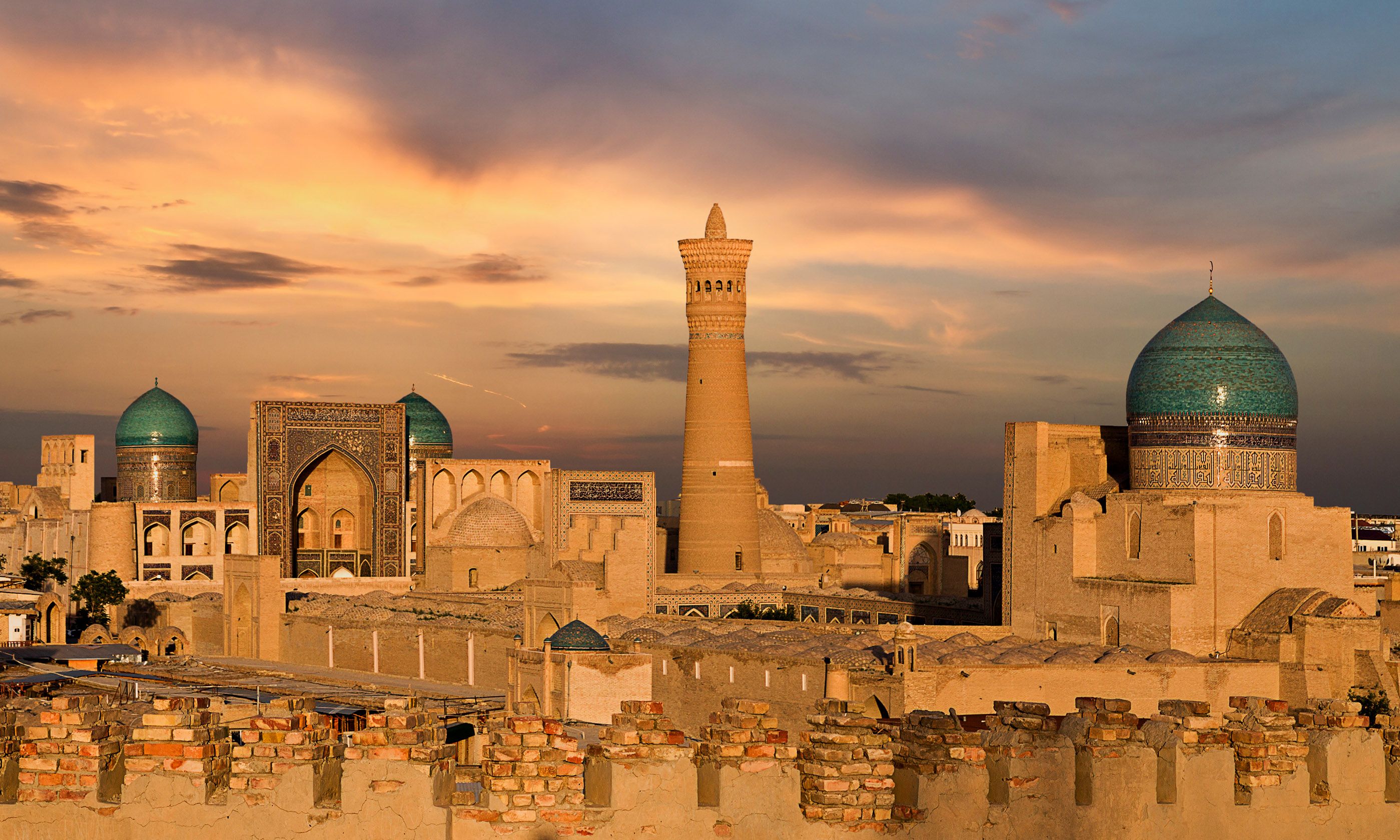
The 45km Kalon minaret looms over Bukhara’s UNESCO-listed historical centre (Shutterstock)
The historic city of Bukhara boasts Central Asia’s most intact and interesting old town, and it’s a great place to randomly explore. The dense network of back streets hides a scattering of madrassas (religious schools), Sufi shrines, traditional courtyard-style guesthouses and even a synagogue (home to Bukhara’s once thriving Jewish community). After a day of sightseeing, relax over a pot of tea at the poolside Lyab-i-Hauz architectural ensemble or book a soak and a scrub at the 14th-century Bozori-Kord bathhouse.
Need to know: Bukhara is worth a couple of days, to visit the ark (fort) of the former emir, the graceful 10th-century Samani Mausoleum and the 46m-high Kalon minaret that impressed even Genghis Khan.
Also try: Kashgar, Xinjiang – Kashgar’s old town has faced modernisation drives in recent years, but what remains is still fascinating.
2. Overnight in a converted madrassah
Khiva, Uzbekistan
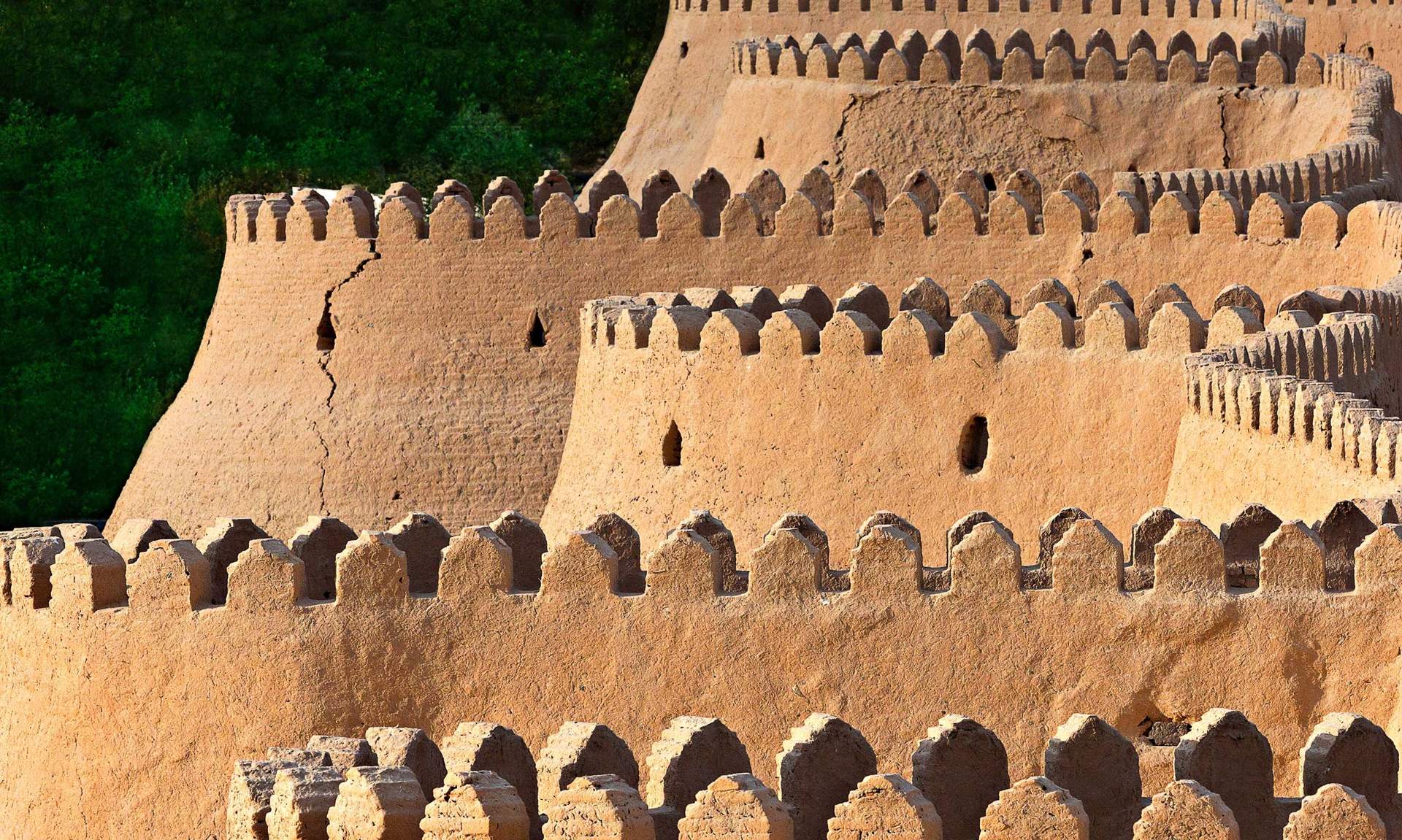
The medieval walls like rows of teeth stand high in front of Khiva (Shutterstock)
The medieval walled town of Khiva is one of the best preserved on the Silk Road. In a full day you can explore the khan’s former palace, the jail and the former slave market, before watching the sun set over the desert from the top of the Islam Khoja minaret and retiring to Central Asia’s most atmospheric accommodation. The Hotel Orient Star is housed in the 19th-century Mohammed Amin Khan Madrassah (religious school), with rooms converted from the original student cells.
Need to know: To get to Khiva, take an overnight train or flight to nearby Urgench, or take a shared taxi from Bukhara across the Karakum desert.
Also try: Zein-o-Din Caravanserai, Iran – This renovated 16th-century caravanserai, built on the orders of Shah Abbas, offers atmospheric rooms about an hour outside Yazd.
3. Ride the silk road by rail
Almaty (Kazakhstan) to Urumqi (China)
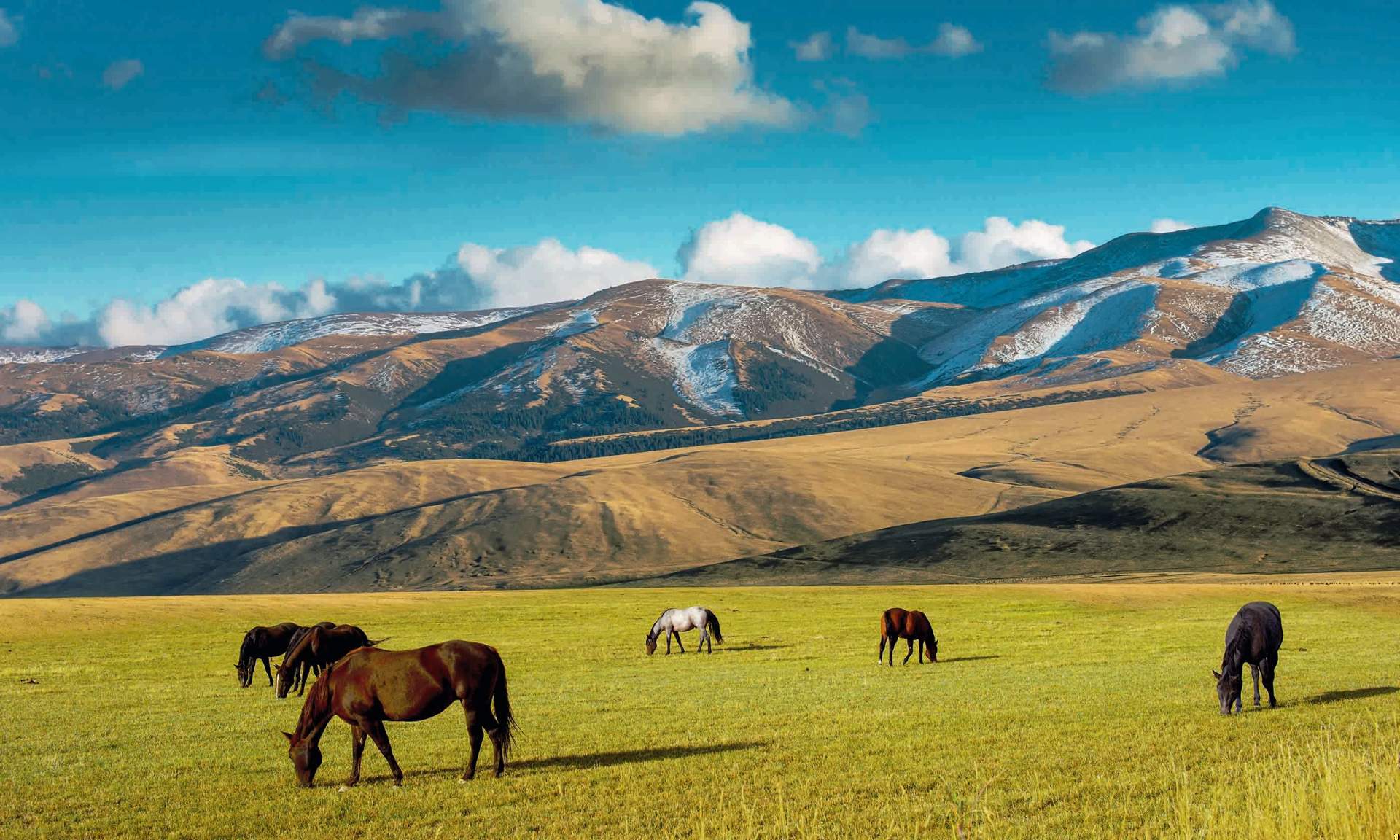
Horses eat the pastures just beyond Almaty City, Kazakhstan (Shutterstock)
Travelling the Silk Road by train is an admirably romantic notion, if you have plenty of time. There are multiple route options to choose from. Bunk down with Silk Road traders and watch the epic scenery clank slowly by.
Need to know: The twice-weekly international train from Almaty in Kazakhstan to Urumqi in China crosses from ex-Soviet Central Asia into what was Chinese Turkestan, with another option to start in the Kazakh capital Astana.
Also try: Urumqi to Jiayuguan, China – Fringing the Gobi Desert on the Chinese Silk Road, this line drops you at the westernmost point of the Great Wall of China.
4. Explore an authentic caravanserai
Tash Rabat, Kyrgyzstan
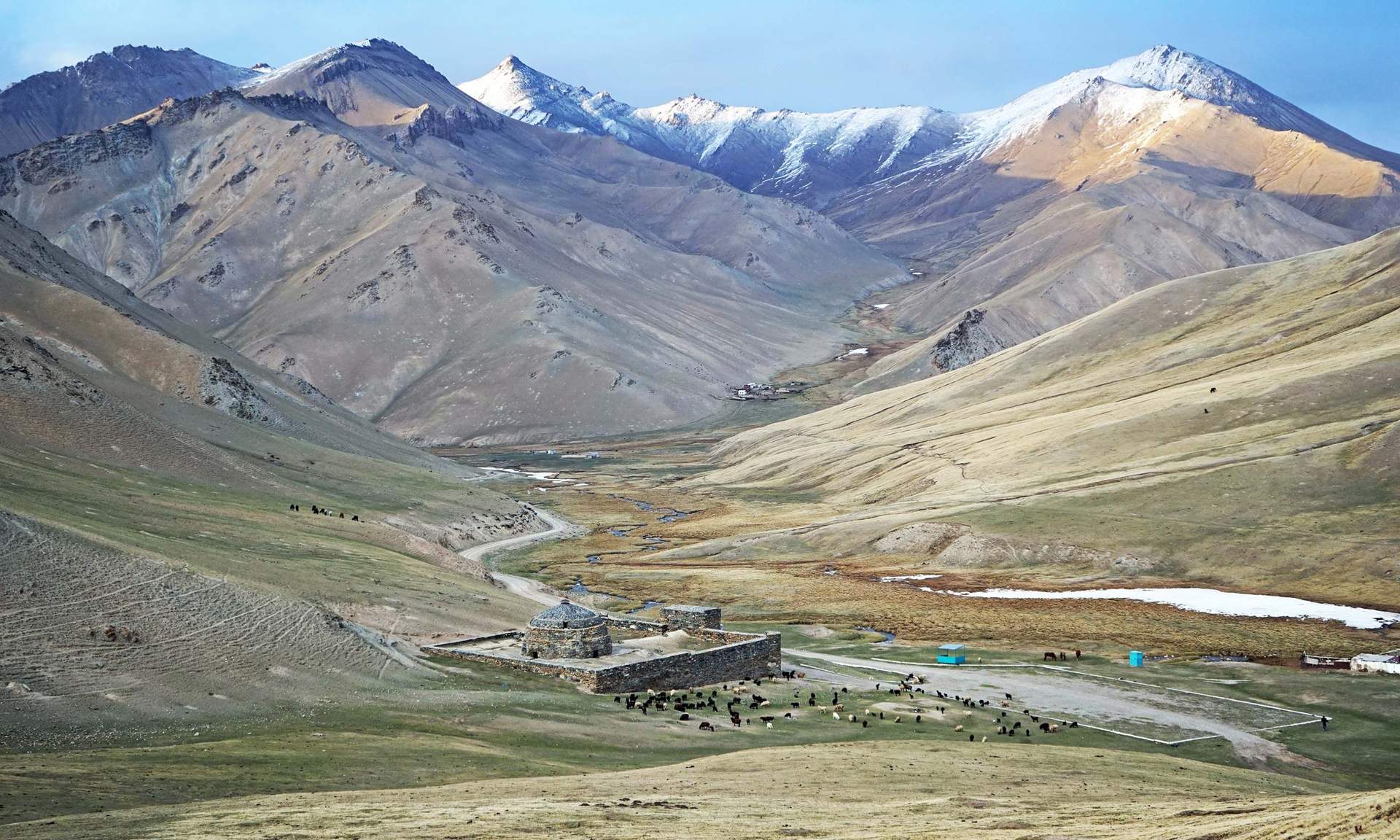
The caravanserai at Tash Rabat, Kyrgyzstan (Shutterstock)
Hidden in a velvety side valley off the main overland route from Bishkek to Kashgar, Tash Rabat is a small but atmospheric caravanserai (inn) that was once a resting place for caravans bracing themselves for the tough crossing of the rugged Tian Shan mountains. You can explore the various rooms and stables here and take a horse ride up to the surrounding viewpoint, before overnighting at a nearby Kyrgyz yurt stay.
Need to know: Most people visit Tash Rabat en route to the remote Torugart Pass, the most adventurous border crossing between Central Asia and China.
Also try: Rabat-i Sharaf Caravanserai, Iran – This well-preserved rabat (Persian for caravanserai) sits near the Turkmenistan border, not far from remote Serakhs, and is a fine excursion from Mashhad.
5. Follow in Marco Polo’s footsteps
Kuhistani (Gorno) – Badakhshan region, Tajikistan
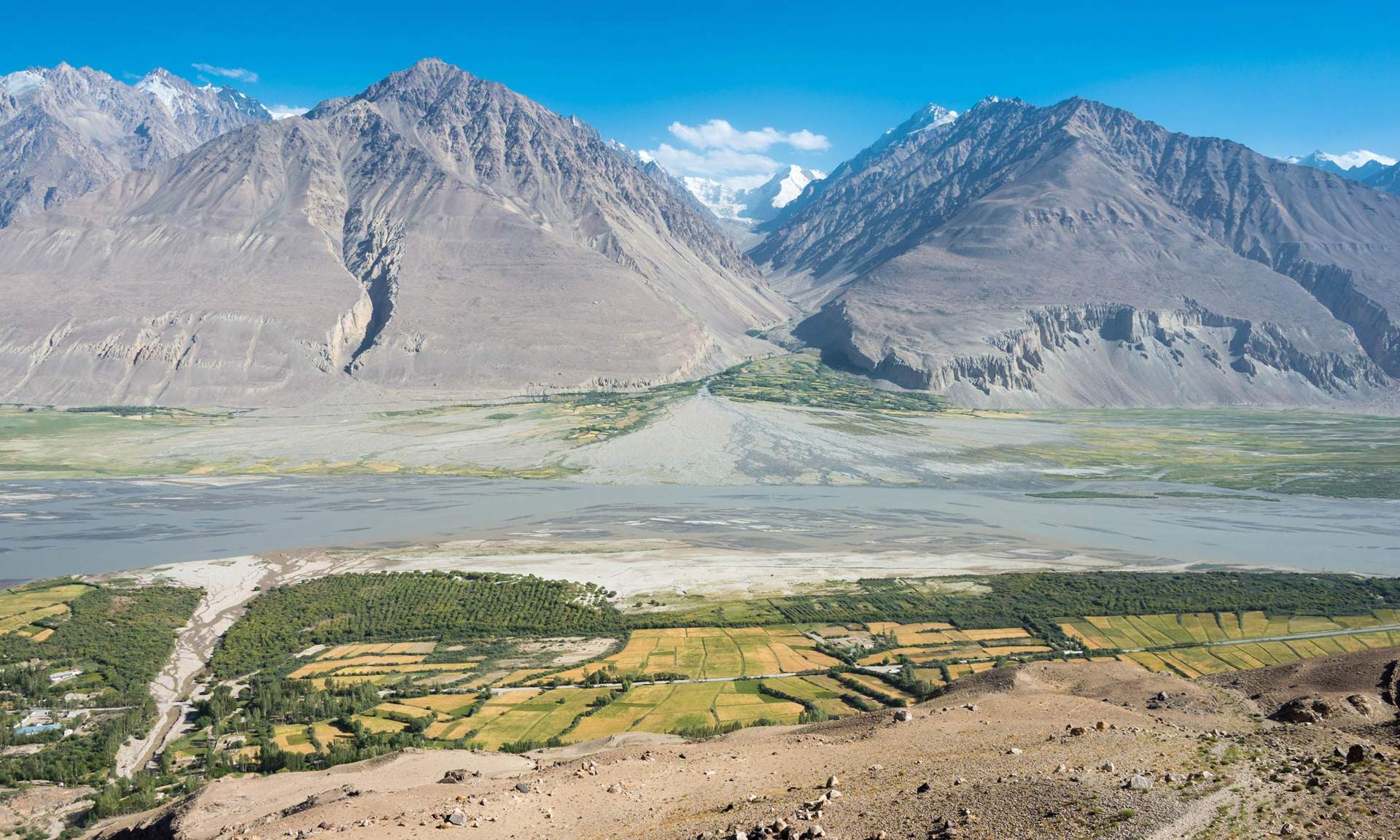
Pamir Mountains and the Panj river at Wakhan Valley (Shutterstock)
At the borders of Tajikistan, Afghanistan and China, in one of the remotest corners of high Asia, is the Wakhan Valley, a thin finger of land created during the 19th-century Great Game to serve as a buffer between the rival Russian and British empires. Marco Polo followed a branch of the Silk Road through the beautiful valley and plenty of Silk Road relics remain, including several dramatic forts.
Need to know: The easiest way to visit is to hire a Jeep and driver from Khorog in Tajikistan’s Kuhistani Badakhshan region and overnight at Ishkashim in one of the village’s traditional Pamiristyle houses. You will need to arrange a Kuhistani (Gorno)-Badakhshan region permit in advance.
Also try: The Wakhan Corridor, Afghanistan – Hardcore adventurers can sign up for treks on the Afghan side of the Wakhan mountains.
6. Visit a conqueror’s tomb
Samarkand, Uzbekistan
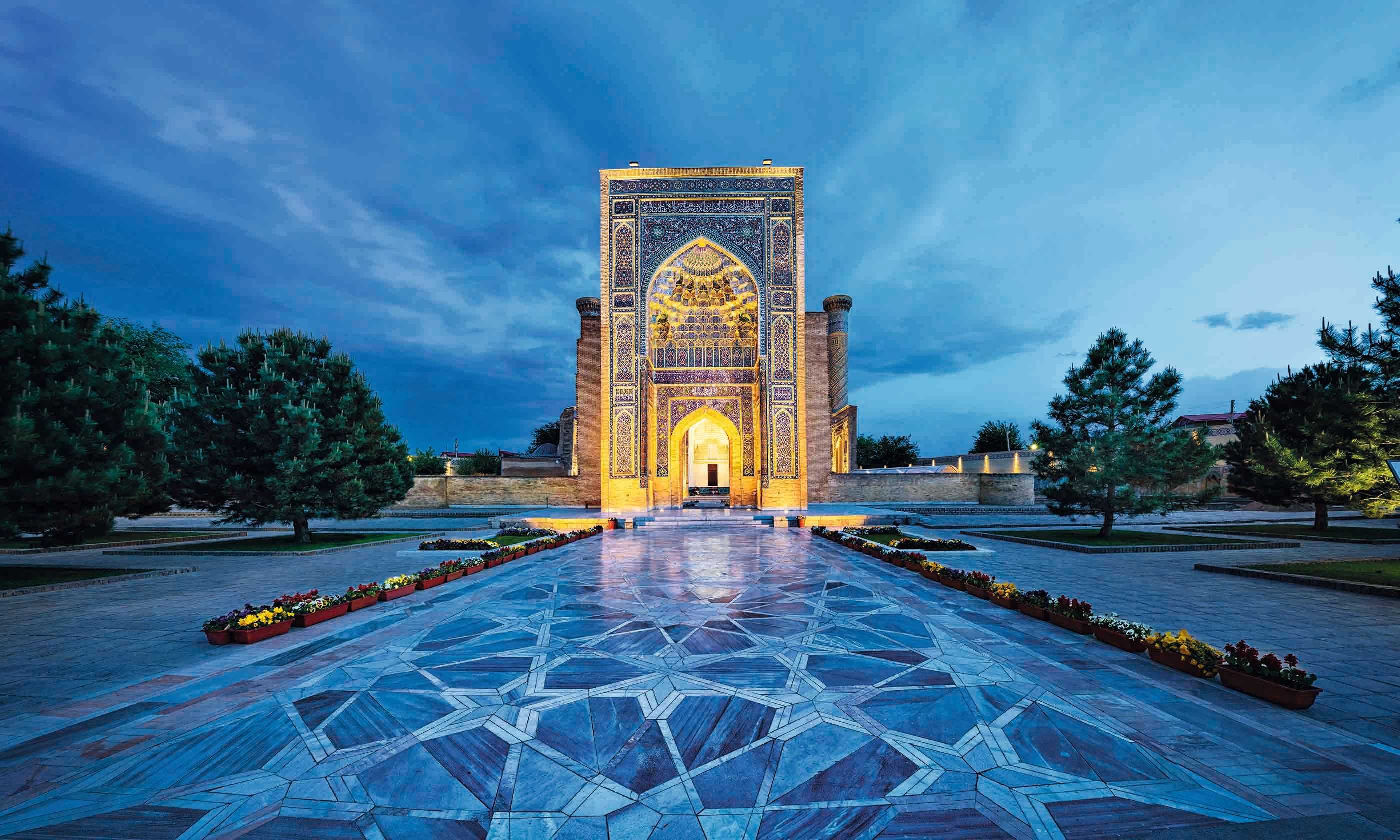
The path leading to Gur-e Amir — Tamerlane’s mausoleum in Samarkand (Shutterstock)
Spectacular Samarkand was the brainchild of Tamerlane (or Timur), the 14th-century warlord who conquered half the known world from his capital here in Central Asia. Visit the beautifully decorated Gur-e Amir, site of his family mausoleum, before wandering the Timurid-era tilework of the Shah-i-Zinda street of royal tombs and then admiring the ruins of the epic Bibi-Khanum Mosque, built on Tamerlane’s orders to honour his favourite wife.
Need to know: These days the easiest way to take the ‘golden road’ to Samarkand is on a high-speed train from either Tashkent or Bukhara.
Also try: Shakhrisabz, Uzbekistan – Tamerlane’s hometown is just a couple of hours’ drive from Samarkand and boasts the remains of his ambitious Ak-Saray palace.
7. Camp at the gates of hell
Darwaza, Turkmenistan
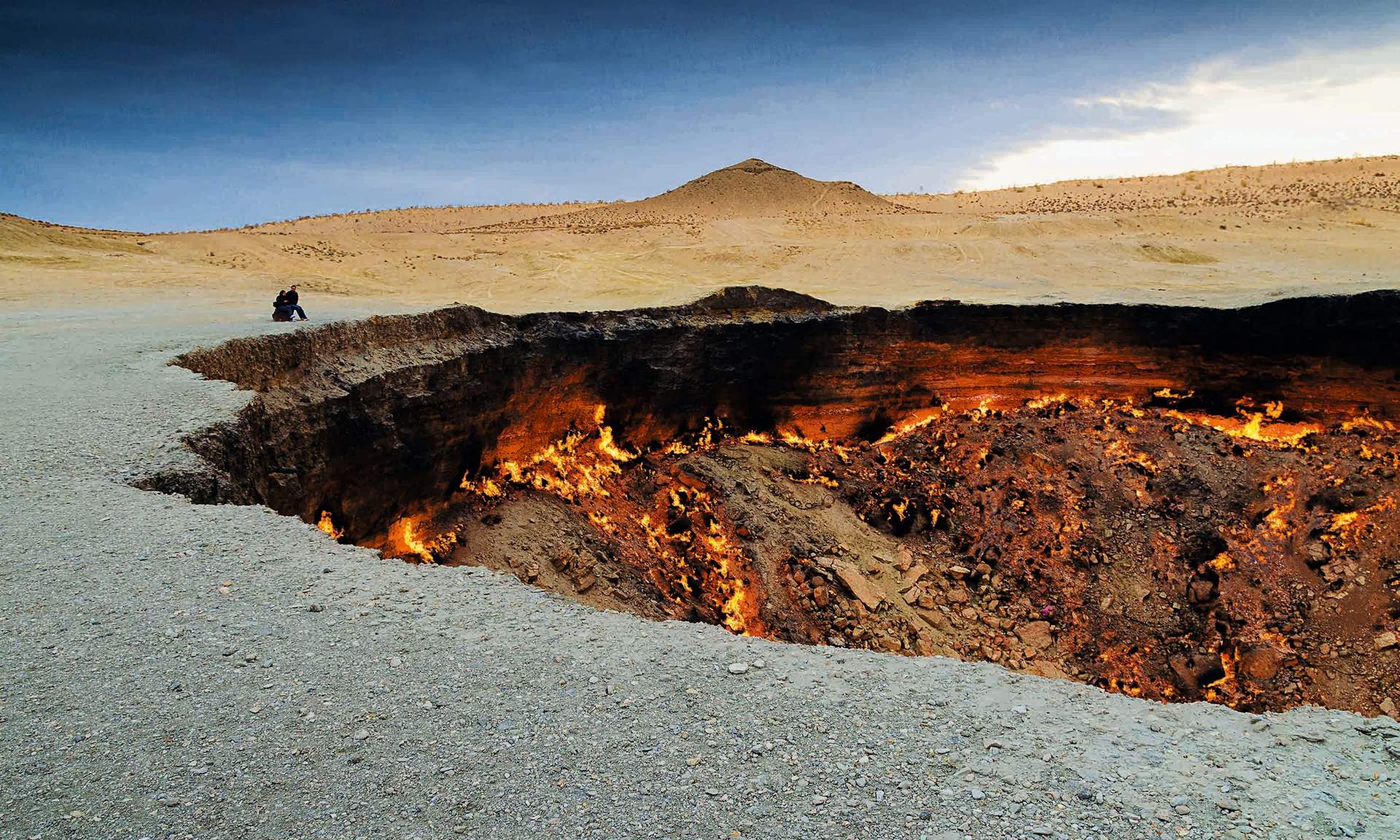
Couple looking at the Darwaza gas crater, Turkmenistan (Shutterstock)
One of the Central Asia’s most bizarre sights is this collapsed 70m wide crater, whose natural gas field has been burning out of control in the middle of nowhere since 1971. Camp here in the desert overnight and you’ll see why locals call this dramatic fiery pit ‘the Gate of Hell’. Bring your own marshmallows.
Need to know: Tourists need to go on an organised tour in order to get a Turkmenistan visa.
Also try: The Aral Sea – For an equally remote and eerie night’s camp, take a 4WD to the ever-retreating shores of the dying Aral Sea, straddling Uzbekistan and Kazakhstan.
8. See Silk Road Art at Mogao Caves
Dunhuang, Gansu province, China
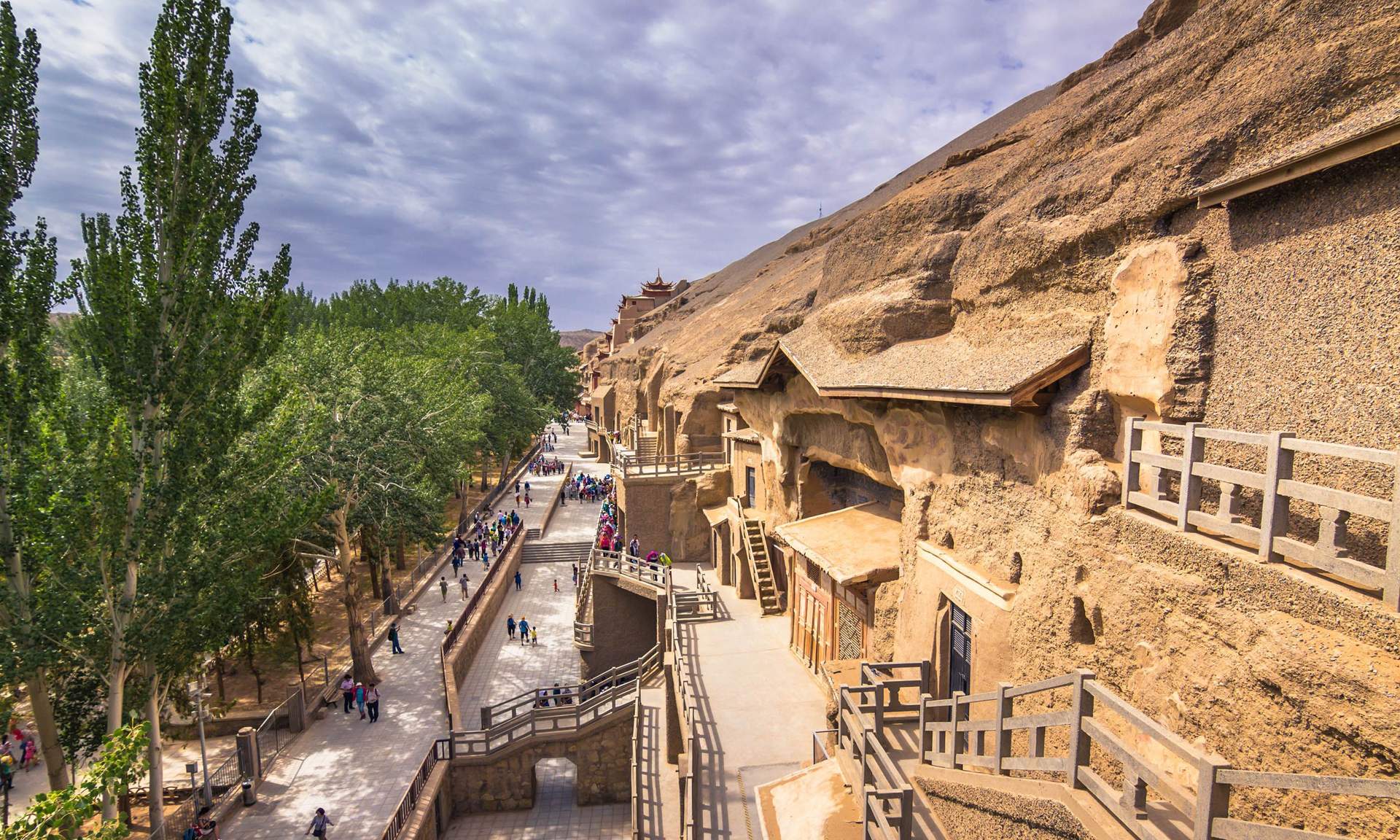
The Mogao Caves, China (Shutterstock)
Blending Indian, Chinese, Tibetan, Gandharan and Uyghur styles, the cave art at Mogao is breathtaking in its artistry and is the perfect symbol for the Silk Road’s ability to mix east and west. The caves were lost for centuries until ‘rediscovered’ by Aurel Stein and other Western archaeologist-explorers in the early 20th century.
Need to know: You can only a visit a small number of caves and the complex can be closed during rain or snow.
Also try: The Jade Gate – A key Silk Road junction and tax garrison 80km from Dunhuang that once controlled the passing traffic in jade from Khotan.
9. Tour the desert citadels of Khorezm
Karaqalpaqstan, Uzbekistan
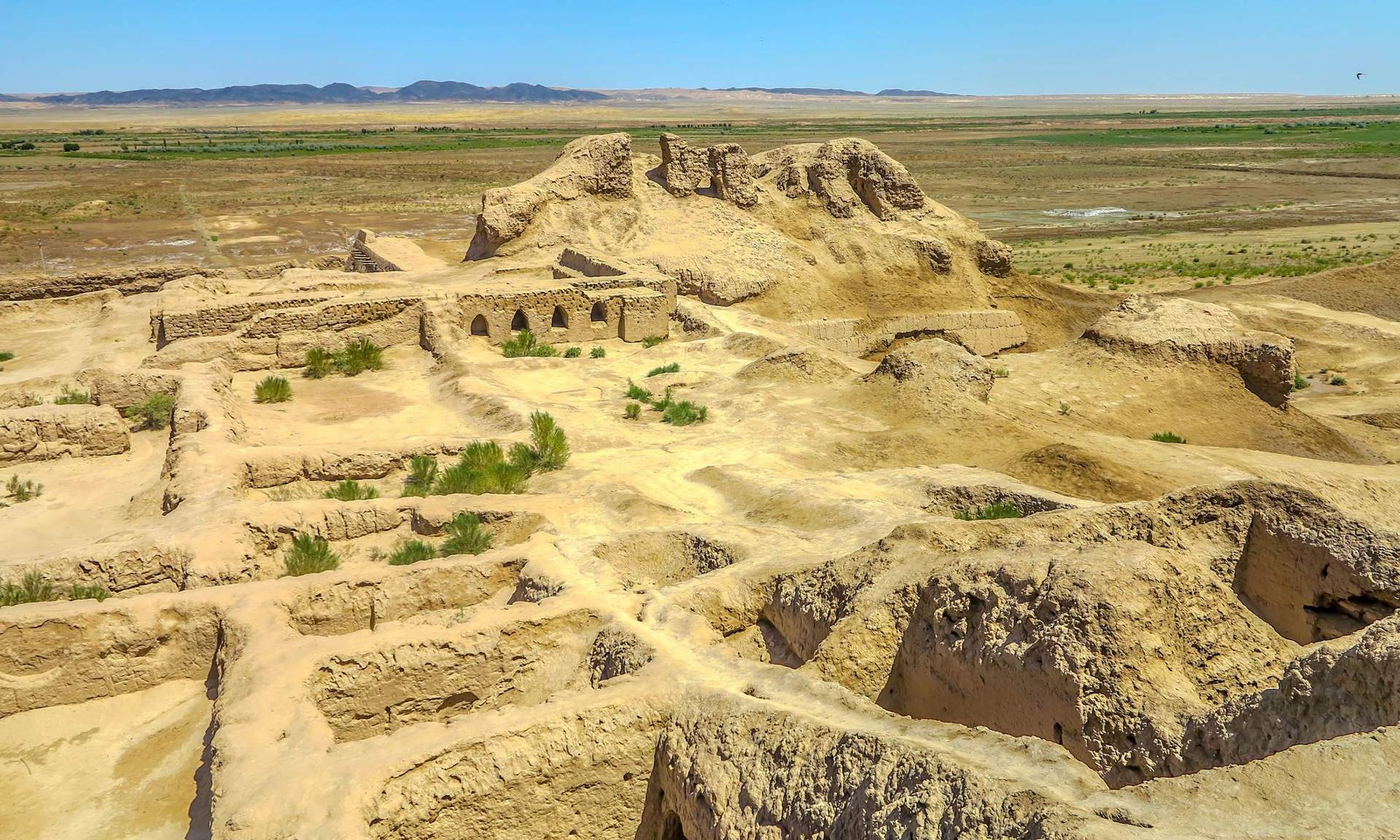
Ayaz-Kala Fortress, Uzbekistan (Shutterstock)
Hire a Soviet-era car for a day trip out of Khiva and you can explore a string of ancient ruined citadels, forts and castles that sit marooned and baking in the desert like giant melted sandcastles. The enigmatic ruins are all that’s left of a great civilisation that flourished alongside the Oxus River some 2,000 years ago.
Need to know: Figure on around US$60 (£45) for a car and driver for the day. The sites are in Karaqalpaqstan, an autonomous region inside Uzbekistan; no additional permits or visas are required.
Also try: Nisa, Turkmenistan – This little-visited site, 18km from Ashgabat, is all that remains of an early Parthian citadel and capital.
10. Explore a personality cult
Ashgabat, Turkmenistan
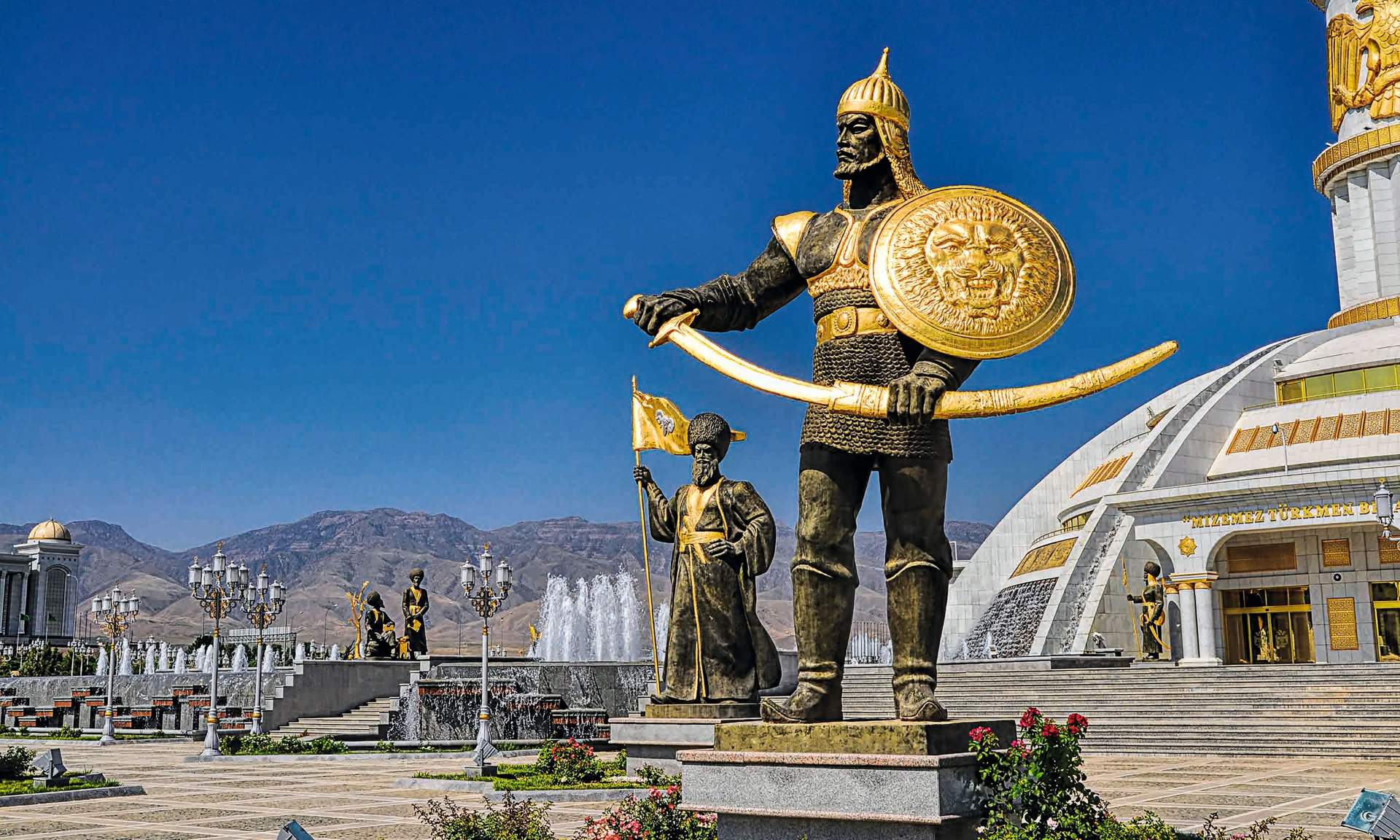
See the blingy statues guarding Ashgabat’s monuments of independence (Shutterstock)
If Turkmenistan is the North Korea of Central Asia, then Ashgabat is its Pyongyang: an hermetic but architecturally extravagant capital city that is lined with giant white marble-clad buildings and yet oddly devoid of people. The empty multi-laned boulevards lead past statues of the former dictator Saparmurat Niyazov, the self-styled ‘Turkmenbashi’ (Father of the Turkmen), as well as the wonderfully Monty Python-sounding ‘Ministry of Fairness’.
Need to know: Other curiosities not to miss include the golden statue of Turkmenbashi and what is claimed to be the world’s largest handwoven rug at the Carpet Museum.
Also try: Moynaq – A fishing port without a sea, travellers visit to see fishing boats marooned surreally in the desert sands, 100km from the nearest water.
11. Trek the Tian Shan Mountains
Karakol, Kyrgyzstan
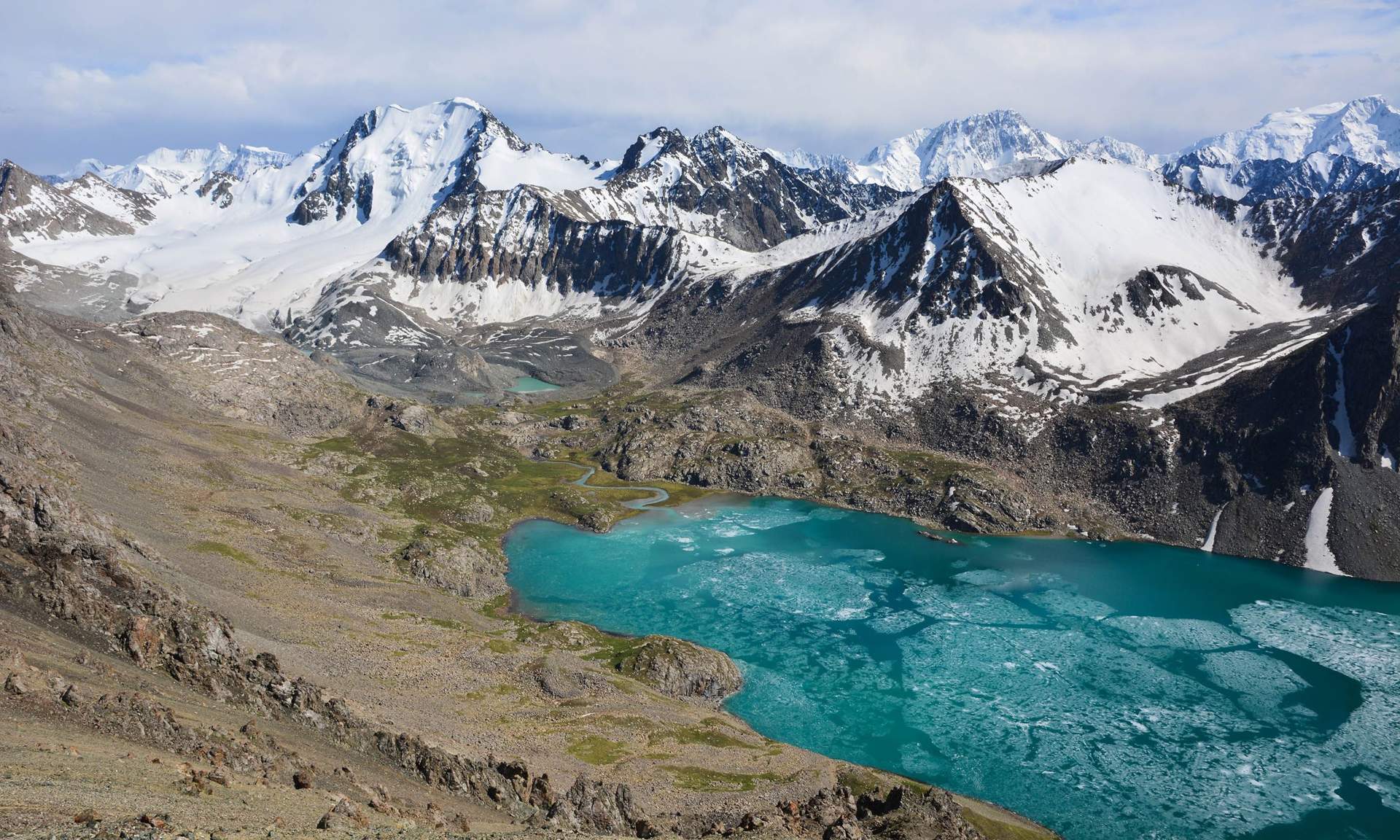
Mountain view near Alakul Lake, Karakol (Shutterstock)
Among the forested alpine-style meadows and valleys of the Tian Shan, south-east of Kyrgyzstan’s Issyk-Kul lake, is the easiest place to arrange/attempt a DIY trek into the ‘Heavenly Mountains’. Snow-capped peaks beckon at the end of flower-filled valleys and several high-altitude lakes offer great campsites on treks that last from two to seven days.
Need to know: Lots of operators in Karakol can arrange full guided treks, or just equipment rental if you want to go it alone.
Also try: Khan Tengri, Kazakhstan/ Kyrgyzstan – This pyramid-shaped peak (7,010m) offers Central Asia’s best big mountain scenery, but it’s logistically tricky, so opt for an experienced trekking agency.
12. Learn how silk is made
Khotan (Hetian), Xinjiang, China
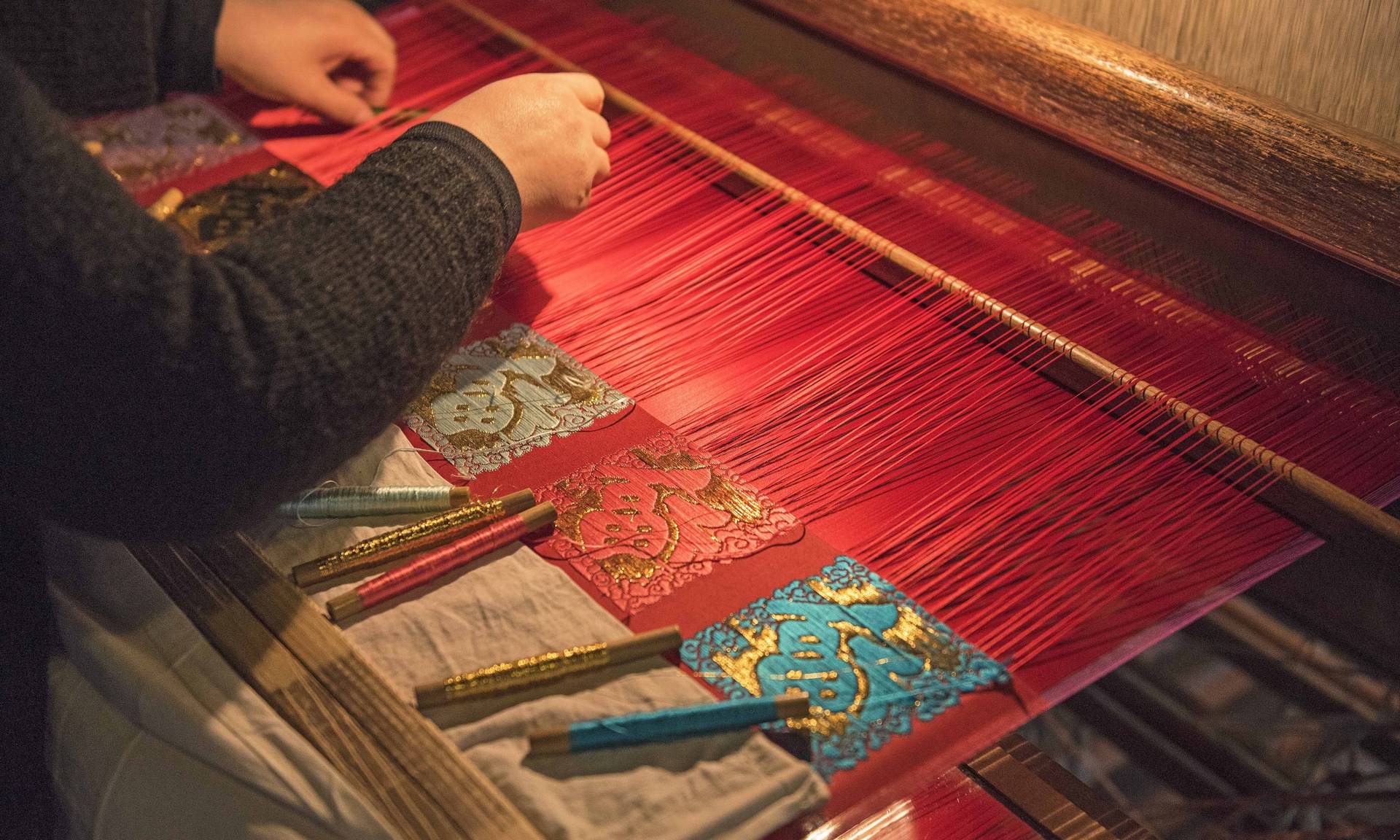
A traditional silk weaver in China (Shutterstock)
The fascinating Uyghur city of Khotan has for centuries been renowned for silk production, and there are still several traditional silk-making workshops here; watch silkworm cocoons being boiled, their filaments unravelled and silk threads being woven into tie-dyed ‘khanatlas’ silks. Experiences don’t get more ‘Silk Road’ than this.
Need to know: Khotan also boasts a fabulous Sunday Market, several desert Silk Road ruins just outside town and a thriving jade market.
Also try: Margilon, Uzbekistan – This is the heart of the Fergana Valley’s silk production, and you can visit small-scale artisan workshops and shop for ikat (specially dyed) silks at the epic Kumtepa Bazaar.
13. Photograph Tashkent’s Soviet-era relics
Tashkent, Uzbekistan
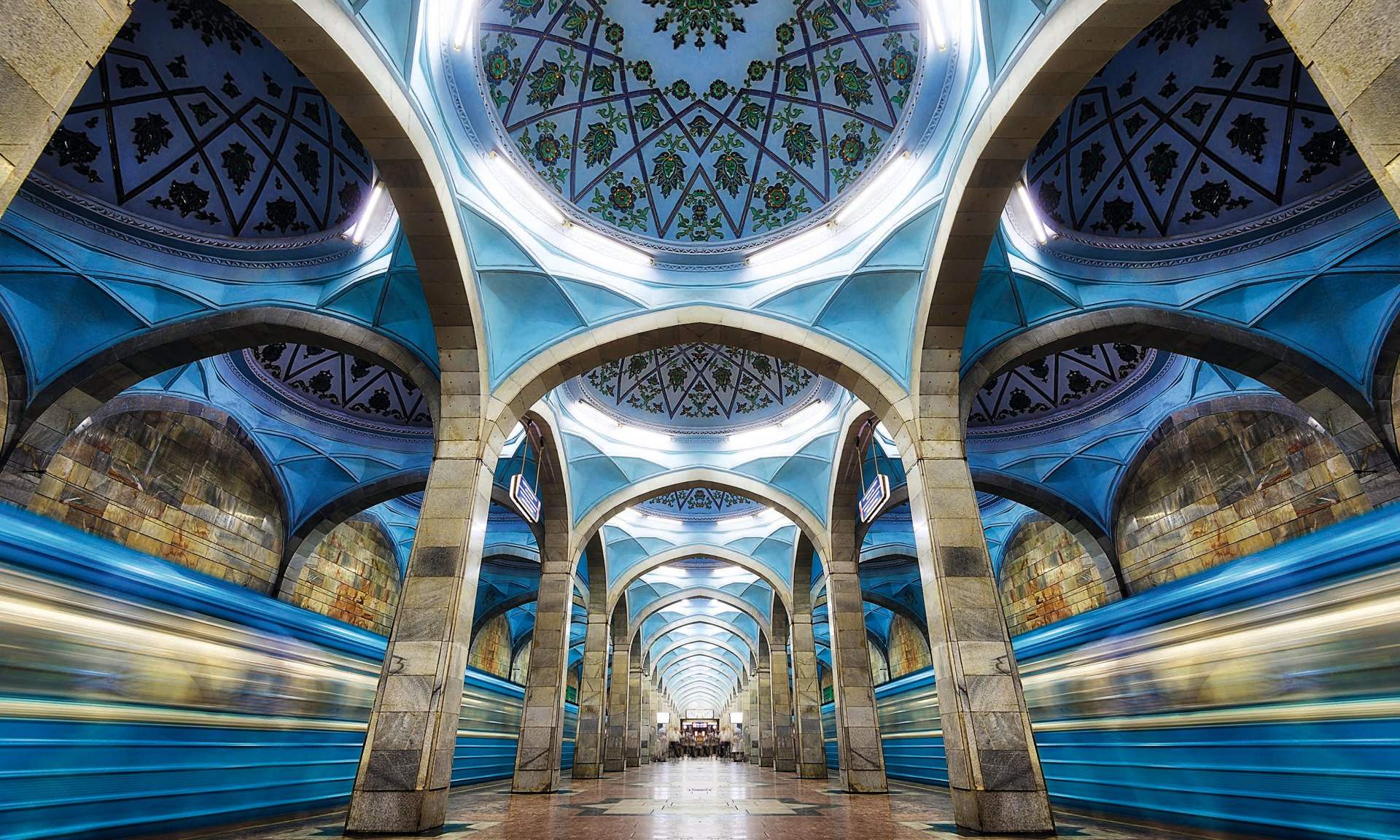
The symmetrical architecture of Central Tashkent’s metro station (Shutterstock)
Central Asia’s largest city often gets a bad rap but its combination of Soviet architecture, post-independence monuments and traditional Islamic buildings o er something for everyone. The city’s metro stations are works of art in themselves, the museums are the best in the region and there are some fine Soviet monuments, including a memorial to the earthquake that flattened the city in 1966. Plus, you can view the world’s oldest Qur’an here.
Need to know: Tashkent’s metro was only opened to photography in 2018.
Also try: Astana – the surreal capital of Kazakhstan since 1997, this city is known for its splashy ultra-modern architecture and surrounded by steppe.
14. Explore the Fann Mountains
Penjikent, Tajikistan
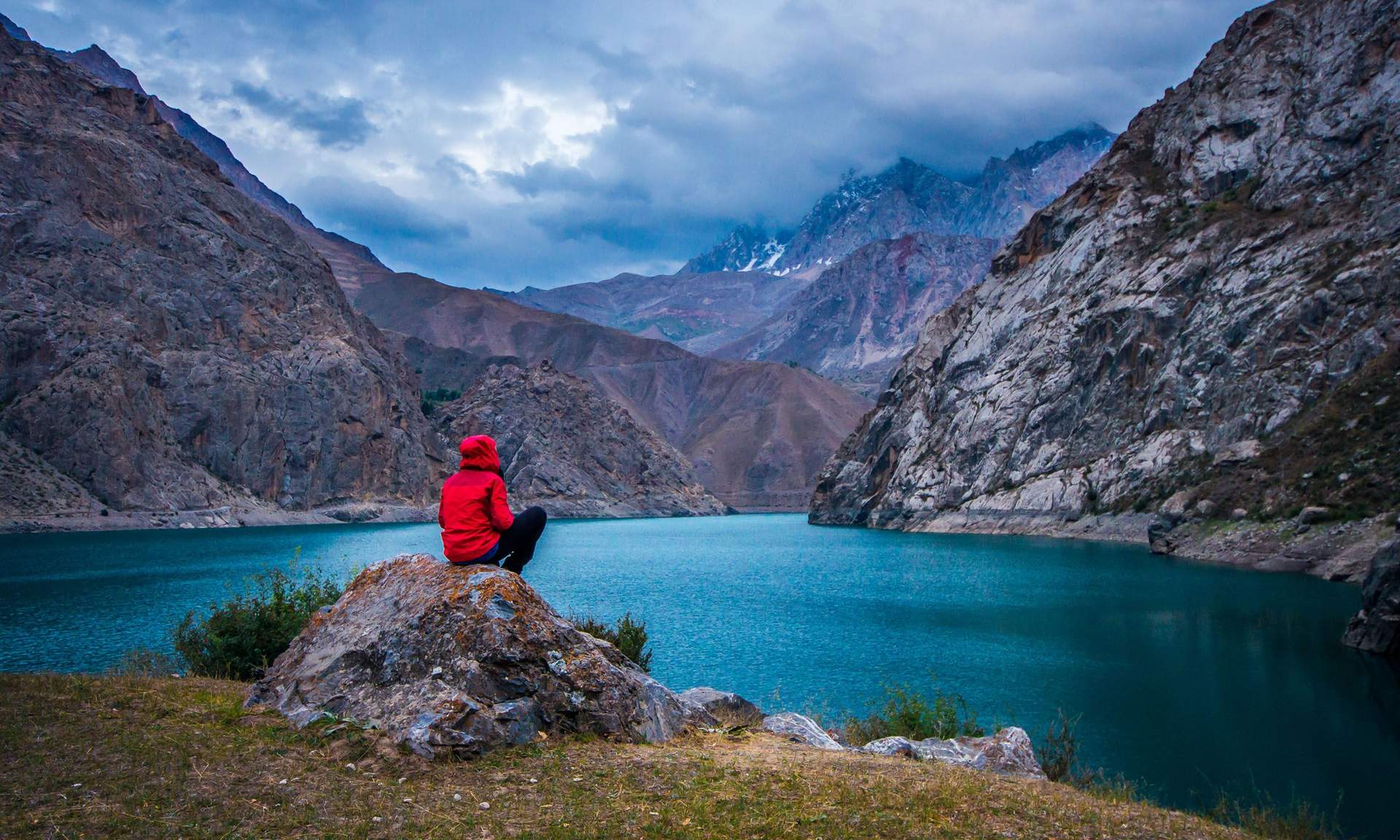
A crystal-clear lake in the Fann mountains (Shutterstock)
Tajikistan’s impressive Fann Mountains are studded with dozens of turquoise lakes that are linked by a series of high passes, and the range offers some of the best trekking in Central Asia. Transport to the trailhead starts from Penjikent, where you can explore the ruins and exuberant murals of this once cosmopolitan Sogdian town (the Sogdians were the great traders of the Silk Road).
Need to know: The nearby border crossing with Uzbekistan reopened in 2018, meaning that you can once more easily combine a trek with a visit to Samarkand.
Also try: Osh & Alay Valley – The 2,500-year old city of Osh, in Kyrgyzstan, has long been a Silk Road stopover and is the launchpad for treks into Kyrgyzstan’s Alay Valley.
15. Join pilgrims at a Sufi Shrine
Turkistan, Kazakhstan
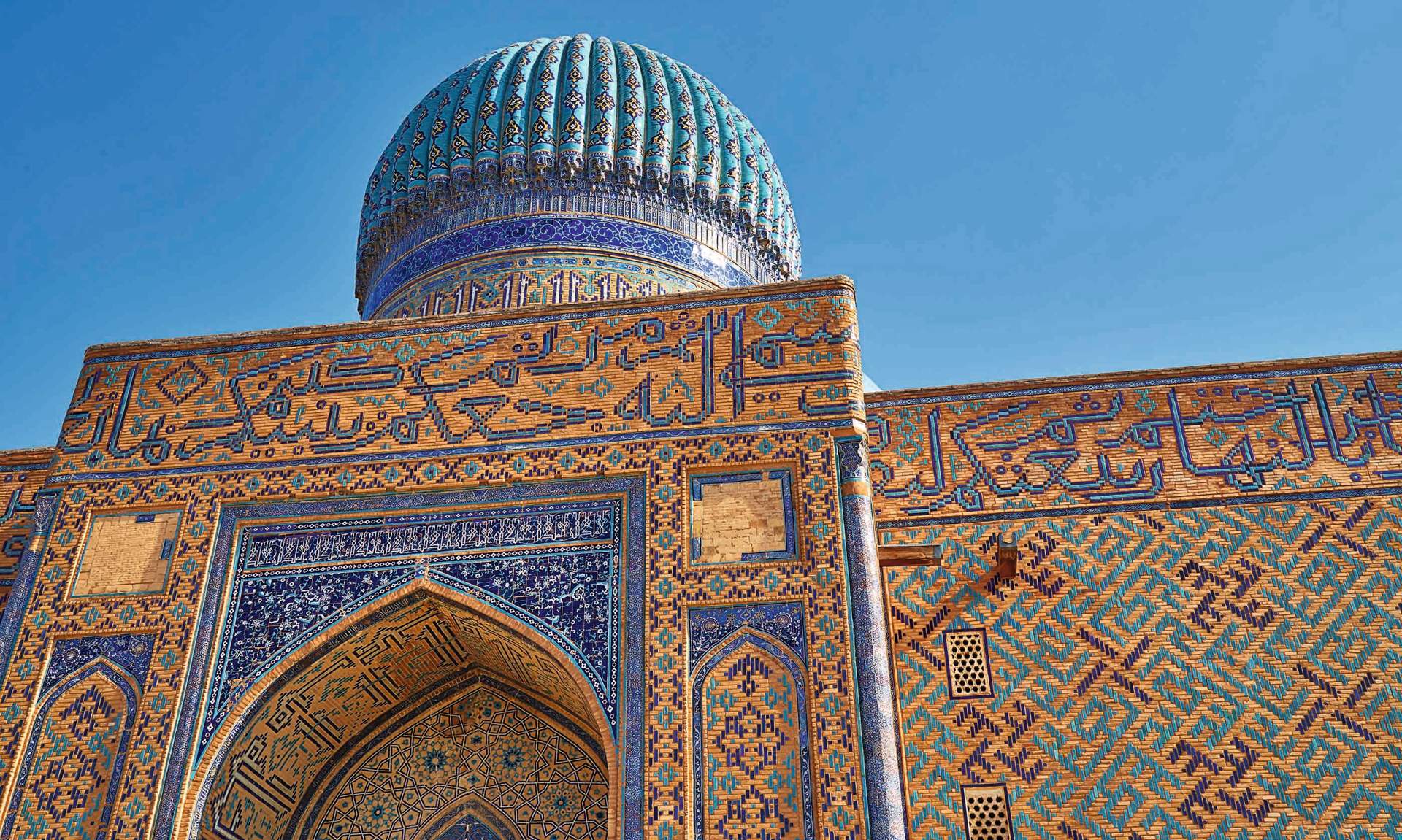
The tomb of Khoja Ahmed Yasawi (Shutterstock)
Sufism has a long history in Central Asia, and its deep roots were the primary reason that Islam survived the Soviet-era ‘atheism campaigns’ of the 1930s. The Timurid-era shrine of Khoja Ahmed Yasawi is Kazakhstan’s most famous building and honours the poet and philosopher who was a contemporary of Rumi, and sees plenty of pilgrims.
Need to know: Visiting pilgrims are likely to invite you to join their prayers; if so, hold your hands together in front of your face, palm upwards, during prayers, then run your hands lightly down over your face when things are finished.
Also try: Hazrat-i Bahauddin Naqshbandi Mausoleum, Bukhara – visit Uzbekistan’s preeminent Sufi shrine.
16. Go horse trekking with Kyrgyz Herders
Song Kol, Kyrgyzstan
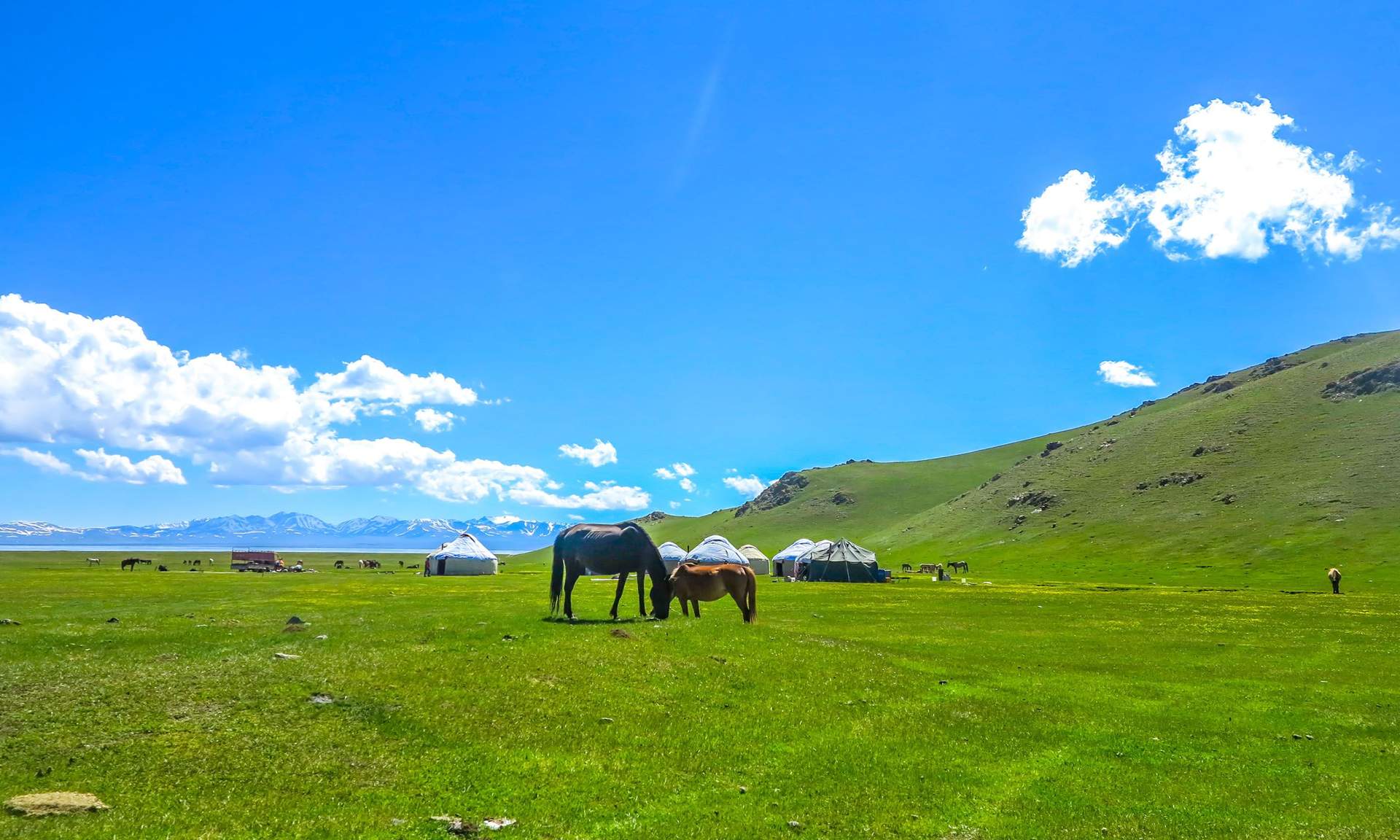
A yurt camp on the edge of Song Kol Lake (Shutterstock)
Kyrgyzstan is the place to unleash your inner nomad. Saddle up and travel the authentic way between herders’ camps around the fringes of a huge high-altitude lake. After a dinner of noddle stew, fresh kaymak (cream) and yoghurt, you get to snuggle up in a cosy felt yurt. The oases and cities of Uzbekistan and Iran get all the attention, but Kyrgyzstan offers a taste of the Silk Road’s wilder nomadic side.
Need to know: A network of community-based homestays and yurt stays make arranging a DIY adventure a breeze.
Also try: Jyrgalan, eastern Kyrgyzstan – An ecotourism hot spot for community-based hiking and horse trekking.
17. Fill your belly in Turpan
Turpan, Xinjiang, China
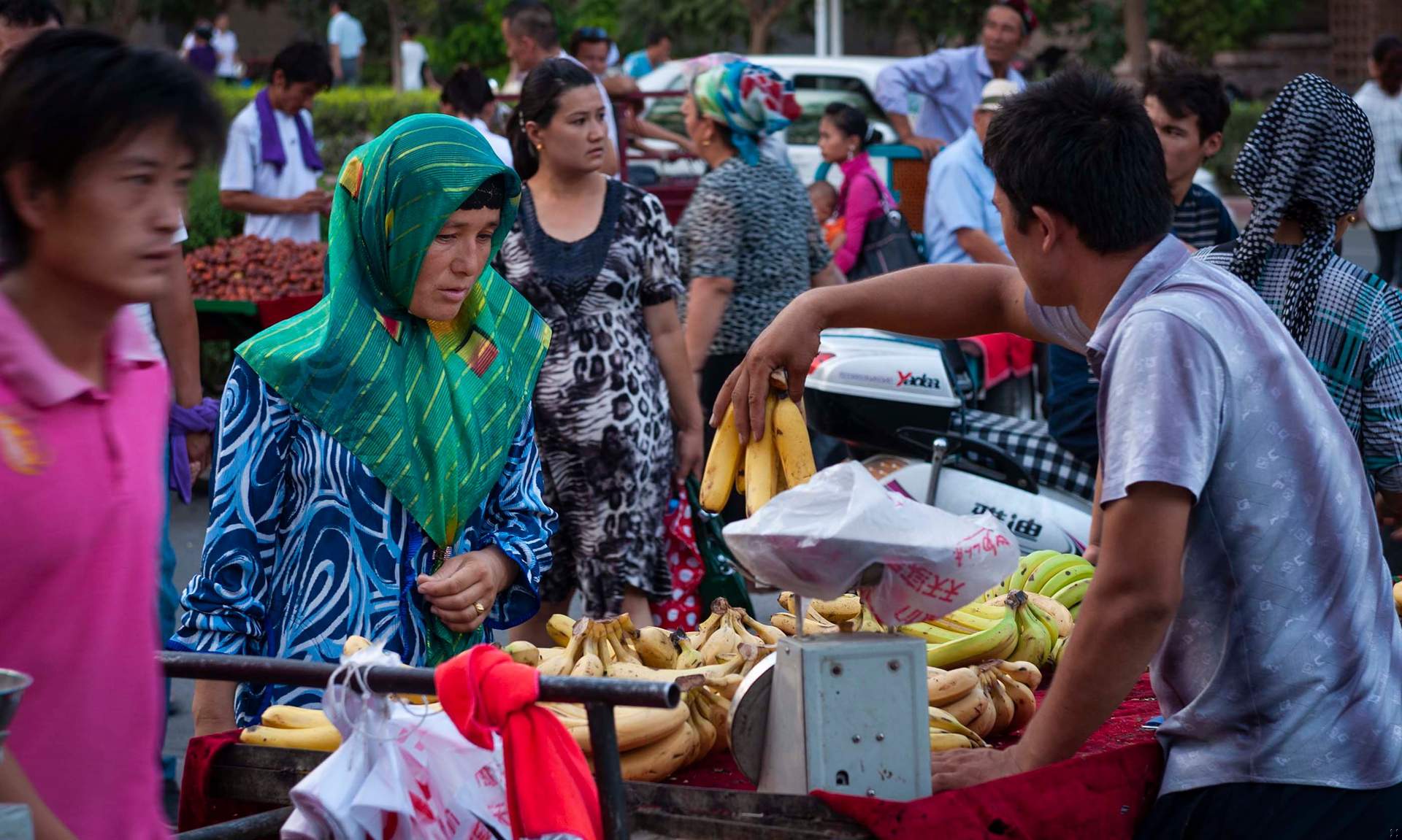
People at a market in Turpan (Dreamtime)
Turpan has long been a favourite of travellers to far-western China. A mellow town of bazaars, sweet melons and tender mutton shashlik kebabs, the surrounding desert is home to ancient cities and garrison towns, Uyghur villages and the Serindian cave art of the Bezeklik Caves. Tuck in to hot nan bread, delicious laghman noodles and chewy matang, made from the region’s famous dried fruits and nuts.
Need to know: It’s best to hire transport to see the main sights in a day trip. Check the security situation before travelling off-track in Xinjiang.
Also try: Kuqa, Xinjiang – On the fringes of the Taklamakan Desert, Kuqa has a fine Sunday bazaar, some Buddhist ruins and the Kizil cave frescoes.
This article was first published in 2019 and updated in August 2023. Please check FCDO advice before travelling to any of the destinations mentioned.



